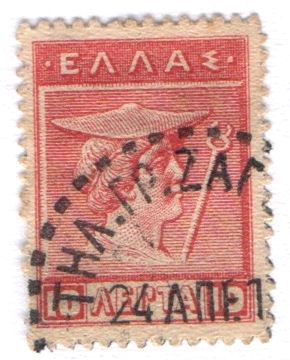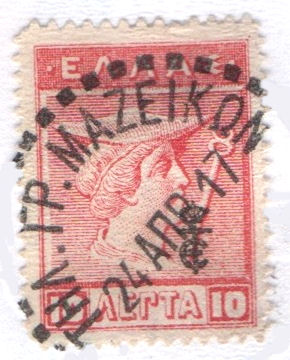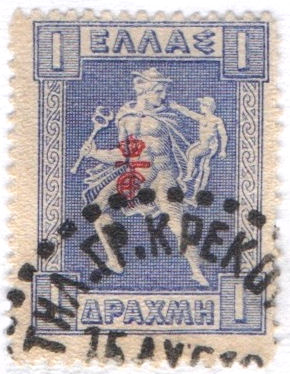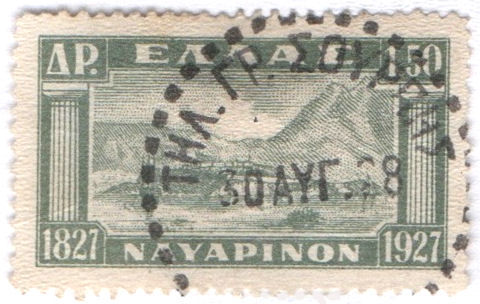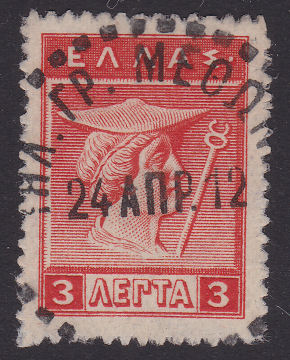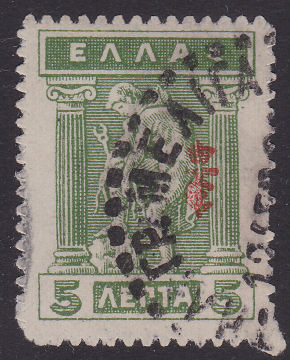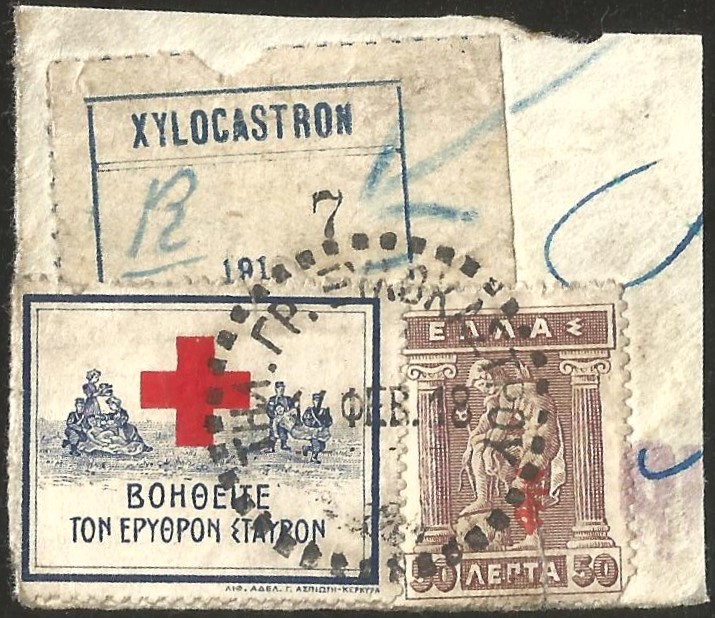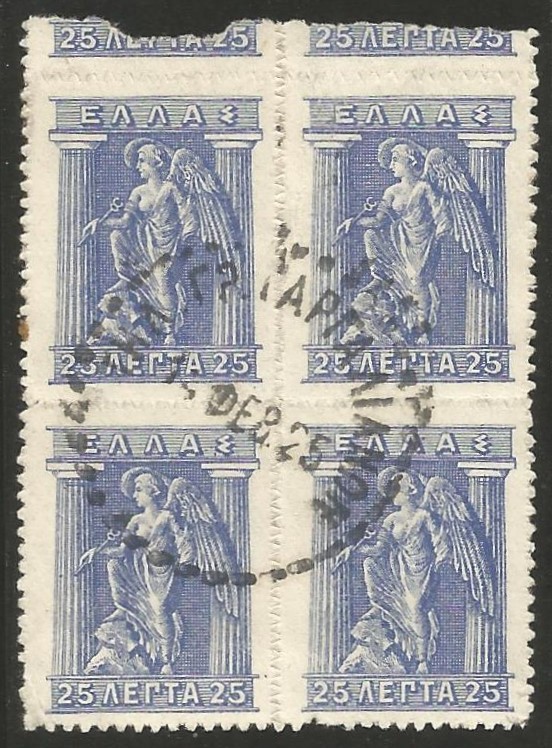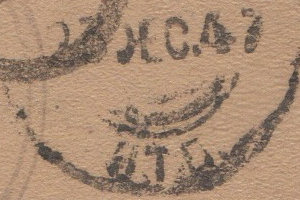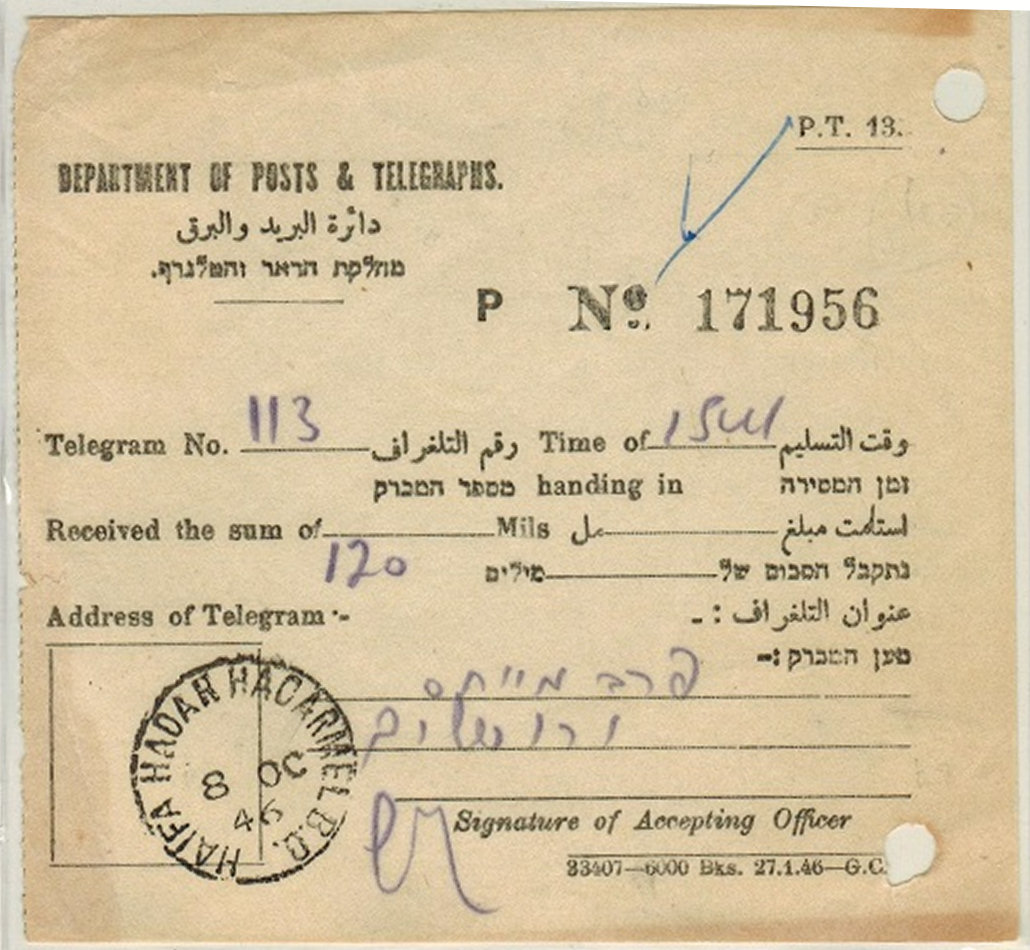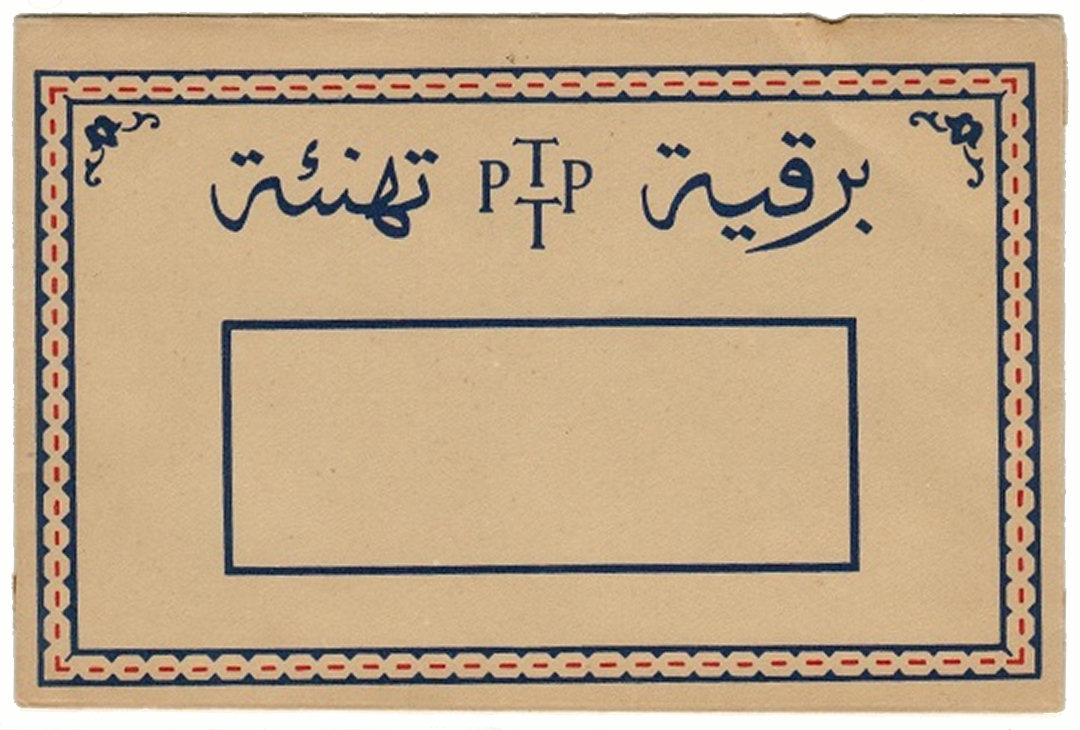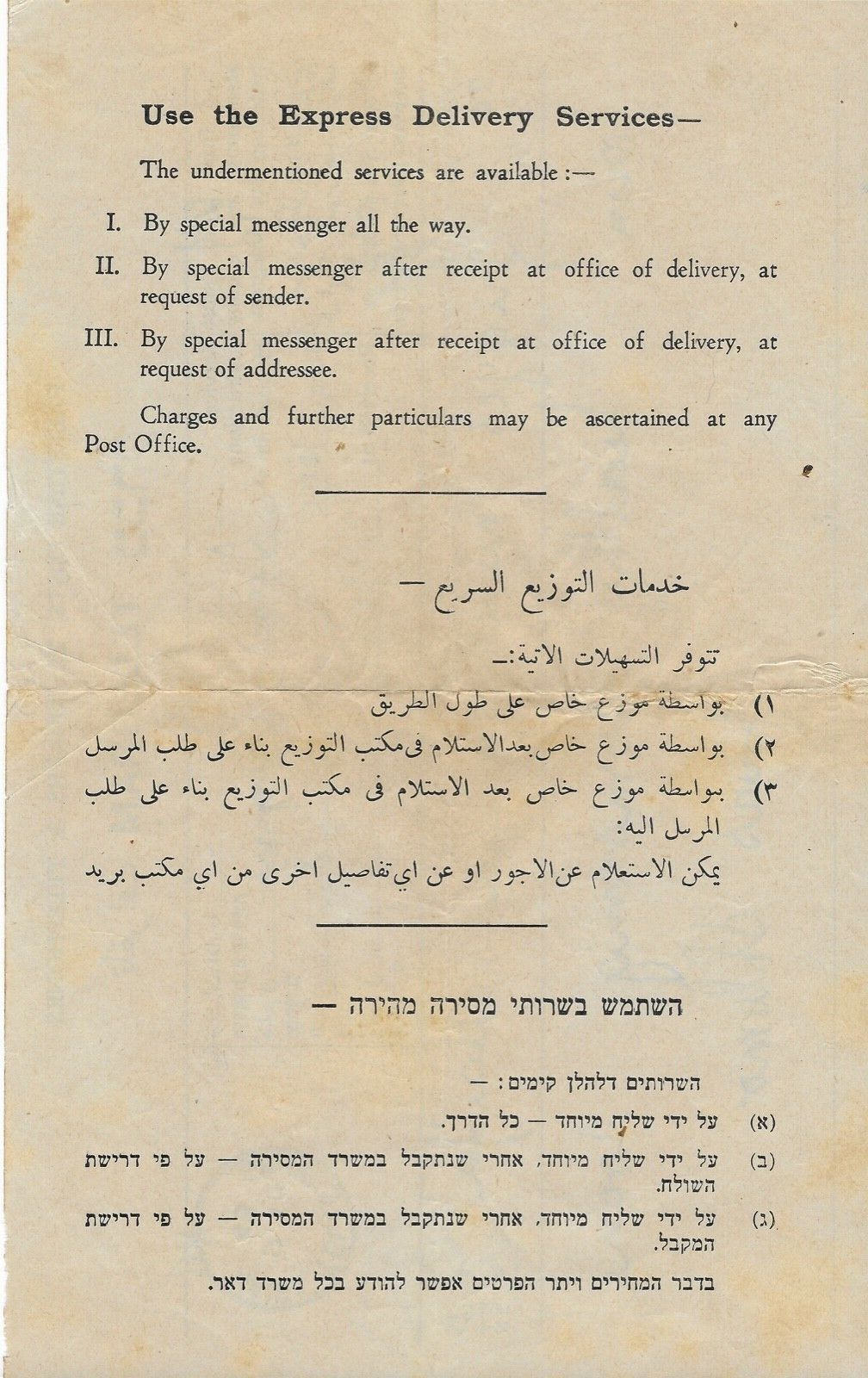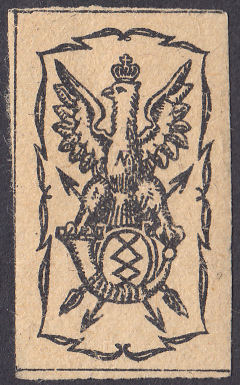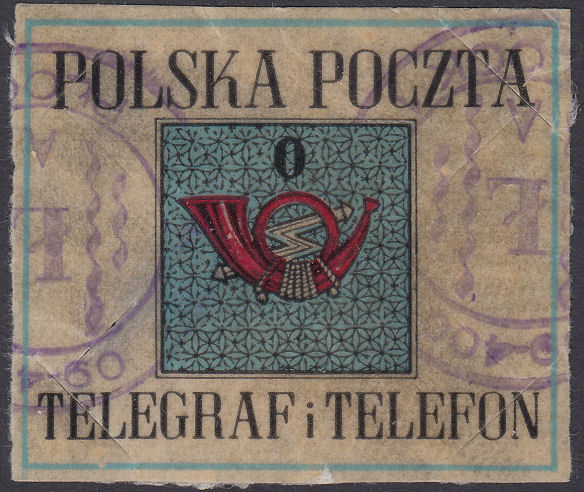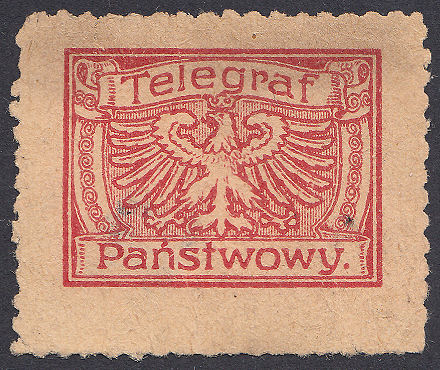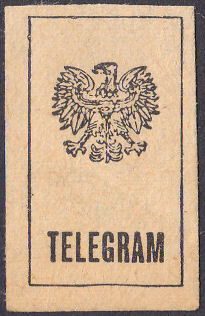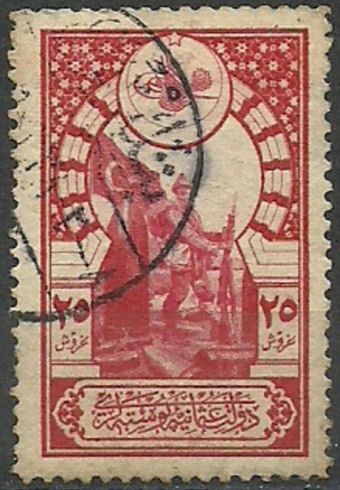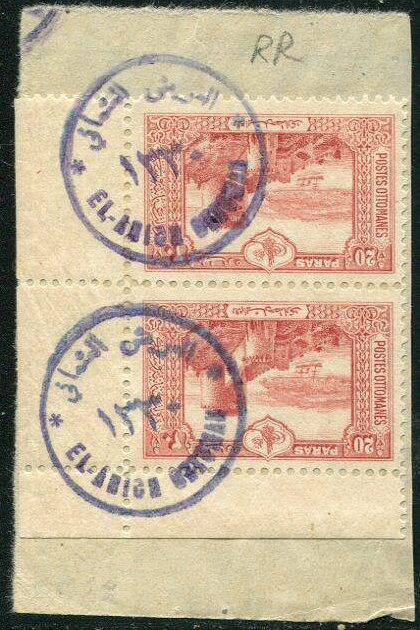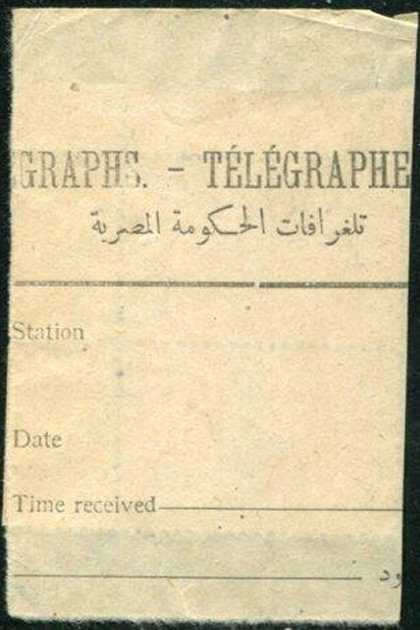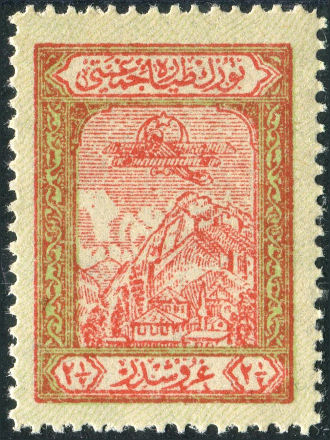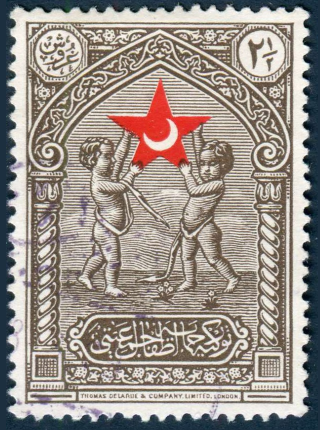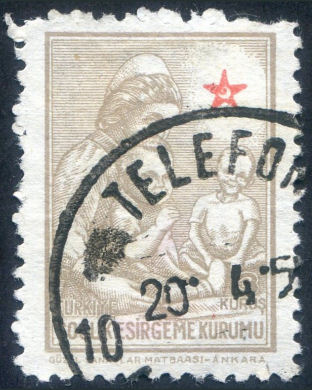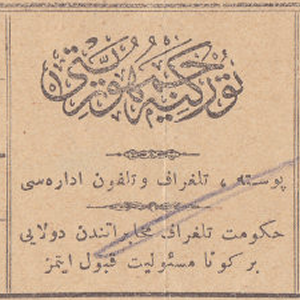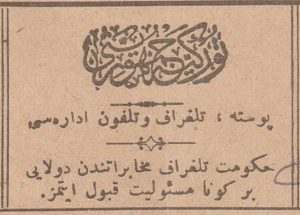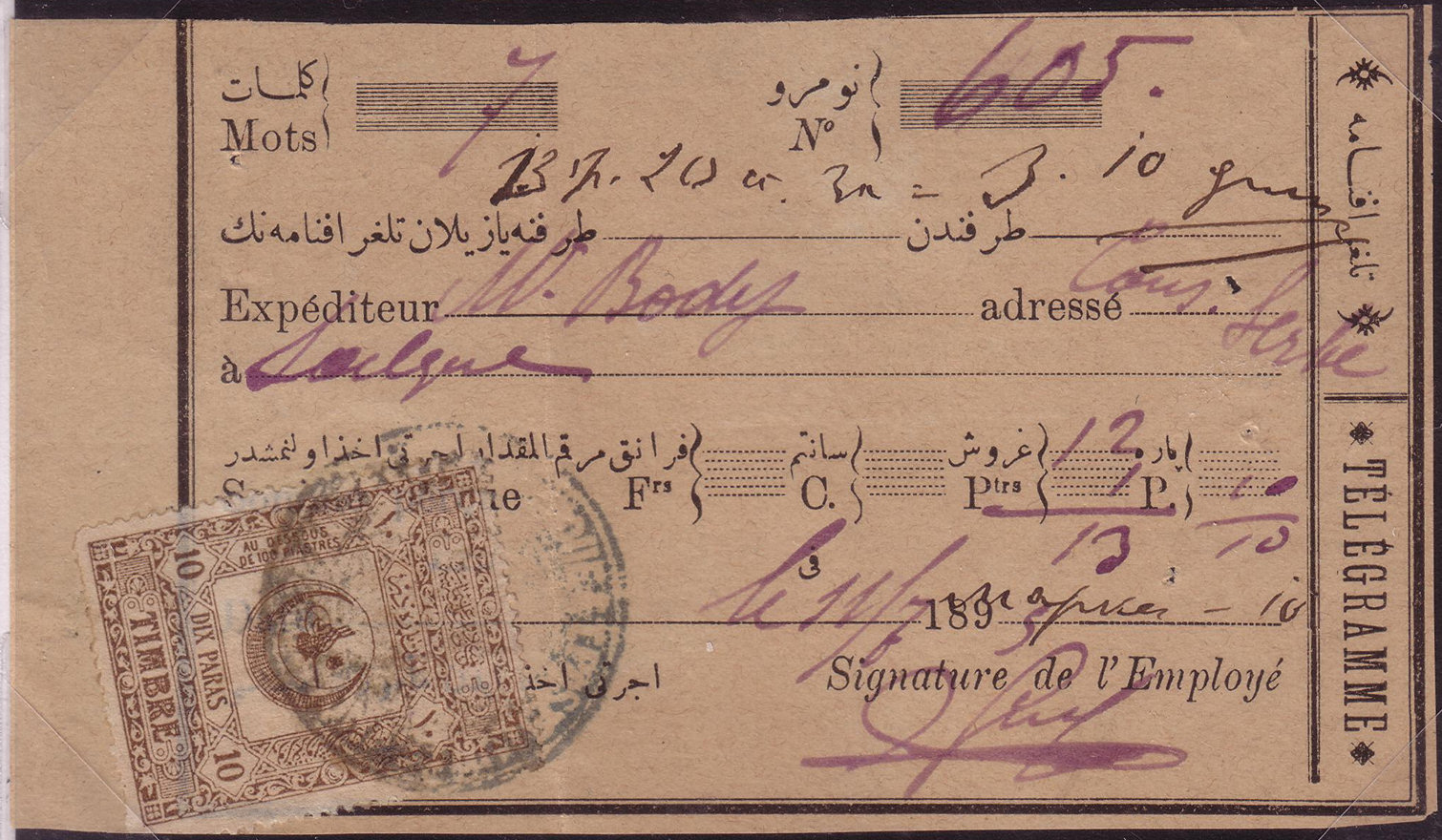| Up a level | ||||||
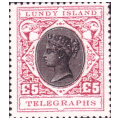 |
 |
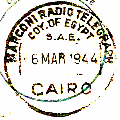 |
 |
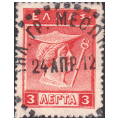 |
 |
 |
| Bogus | Bhutan | Egypt | Éire | Greece | Hawaii | Iraq |
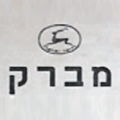 |
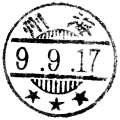 |
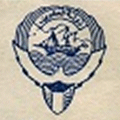 |
 |
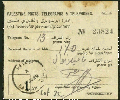 |
 |
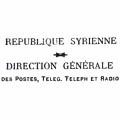 |
 |
| Israel | Korea | Kuwait | Pakistan | Palestine | Poland | Syria | Turkey |
Note: Some things that were on this page have been moved to a newly-created "Other Commonwealth" page. This page now has room for anticipated growth. . |
Miscellaneous.
Most countries used a telegraph system at one time or another, but relatively few are mentioned on this site so far.
Largely that is because it has grown out of the book by Steve Hiscocks that used narrowly defined criteria for listing.
It did not include postage stamps used for telegraphic purposes, or even stamps that were intended for both postal and telegraphic purposes.
The media of the internet does not suffer from the same financial constraints of publishing s book, so for some countries I have gradually
widened the scope from Hiscocks' original inclusions.
Here I hope to add information about telegraphy in countries unlisted by Hiscocks for various reasons.
I know that some people will have no interest in this, however I also know that some will be very interested. .
Bogus
These are 'stamps' that purport to be Telegraph stamps but have been produced privately, presumably for the sole purpose of making money
out of collectors who may believe them to have philatelic value. Some are more persuasive than others, but they all misrepresent themselves.
I am surprised that some of these have not landed the perpetrators in prison, but then perhaps they did.
Similarly I am surprised that the growing number of 'forgeries', 'reproductions' etc., appearing on eBay that
appear to be copies of genuine stamps produced on a home printer.
They are often described as "From my deceased grandfathers' old collection. I know nothing about stamps, please make your own mind up",
or something equally disingenuous. Personally I think more policing is well overdue as collectors are being defrauded.
Anyway, this is my attempt to shed some light.
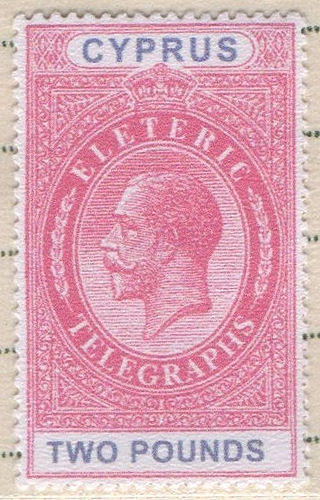

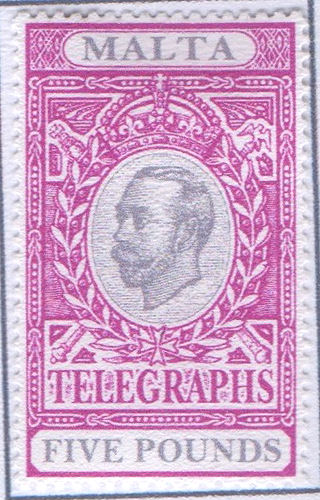

The above purport to have been produced by existing countries with the authority of the Crown and most with significant face values.
There is no evidence that such stamps were ever legitimately printed or even contemplated. I think they are Illegal stamps.
Hopefully whoever produced these is in prison for a very long time.
The stamps below indicate that they were for use on the Island of Lundy in the mouth of the Bristol Channel of England.
A map of 1921 shows Lundy connected to the British coast at Croyde.

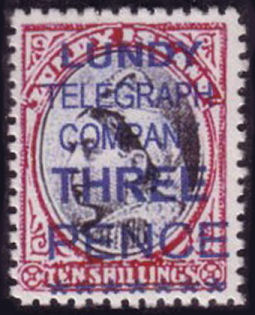
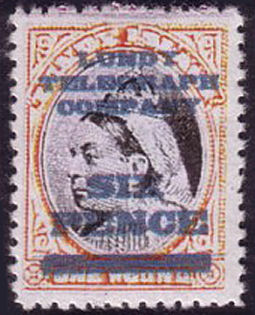
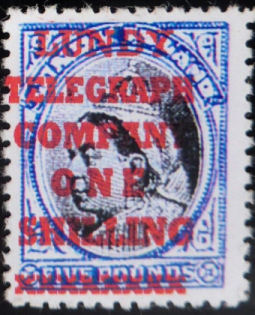
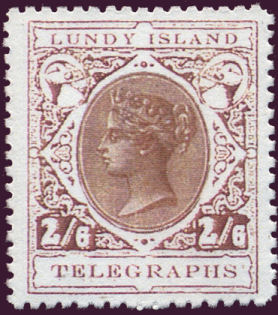

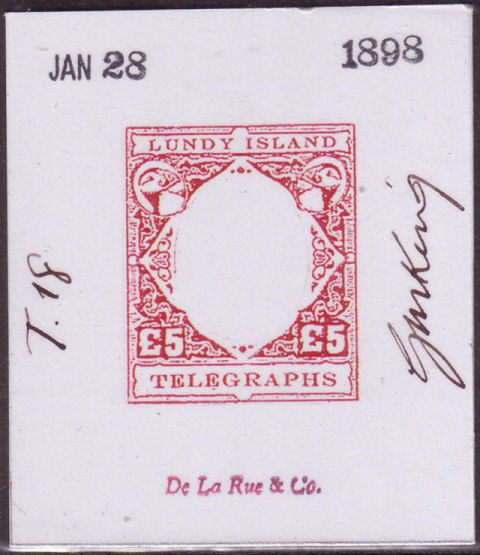
This last item is particularly egregious. It purports have been produced in 1898, a time when the Post Office had a monopoly on telegraphs,
by De La Rue & Co. in a quality well below their normal standard, and appears to be signed Gerald King !
Some collectors have paid significant sums of money for these items, believing them to be genuine. Why is this man not in prison ?
Images courtesy of Rolf Lamprecht.
Further information and/or examples are invited.
These are supposed to be U.S. Army Franks "For Official Business Only"
I am told that the US army never issued franks for that purpose. Perhaps it was a hint that they should, but I am more
inclined to think that they are simply bogus and intended to milk collectors. Further information welcome.
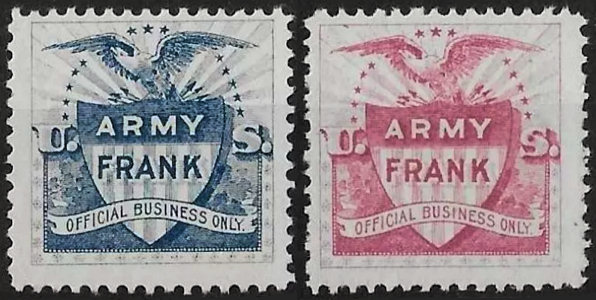
Images courtesy of Todd Parker.
:——————— END OF BOGUS ———————:
Bhutan
The map of Pakistan below shows where Bhutan is.
Bhutan was a late starter. It used the telegraph forms of India (see there for another example). 2Nu60 for 9 chargeable words from Phuntsholing to New Dehli.
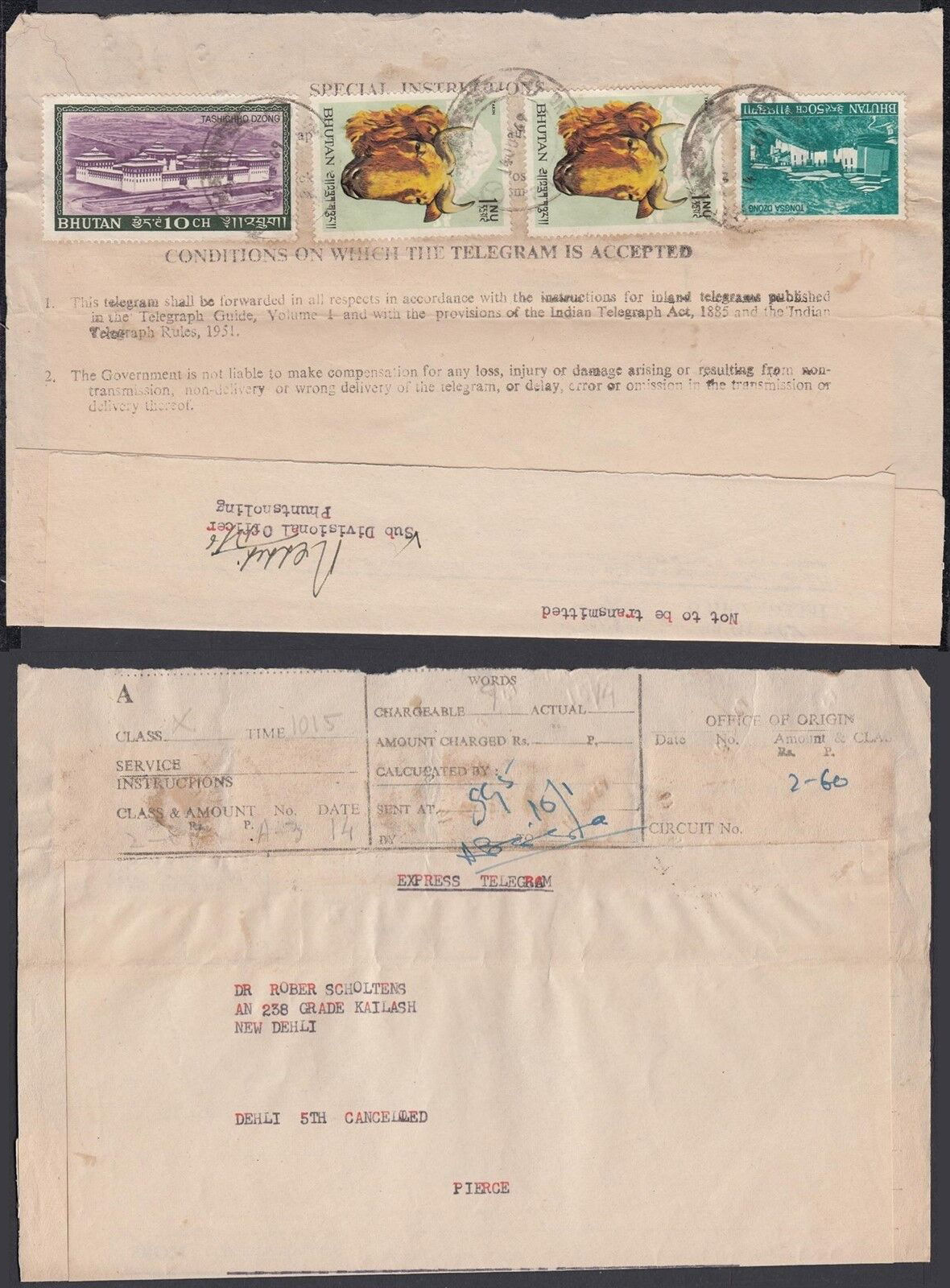
The back refers to "... provisions of the Indian Telegraph Act, 1885 and the Indian Telegraph Rules, 1951".
Images courtesy of vgstamps2015 on eBay (click an image for listing).
Bhutan was a late starter. It used the telegraph forms of India (see there for another example). 2Nu80 for 24 chargeable words from Phuntsholing to Calcutta.
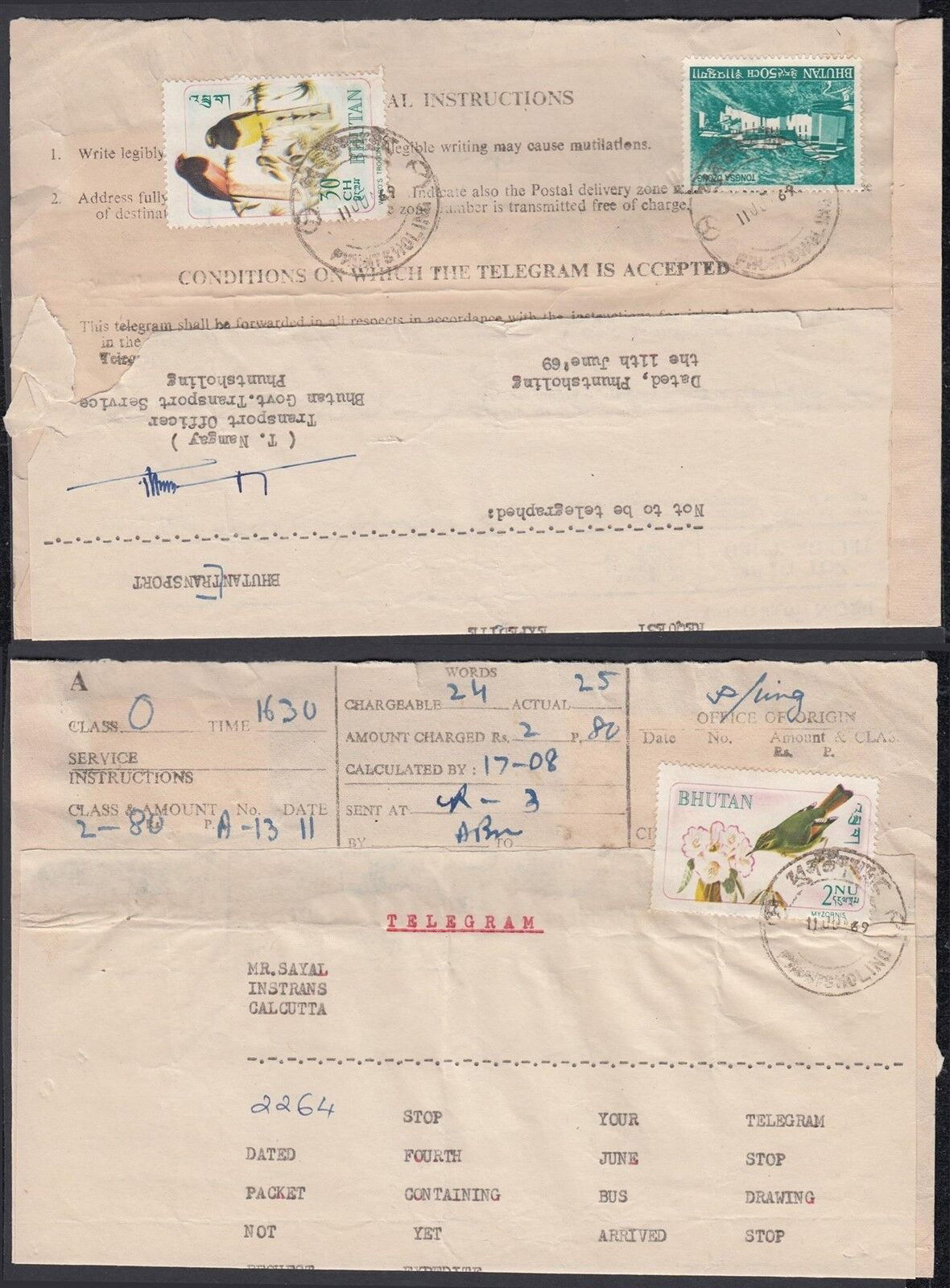
This was from the Bhutan Govt. Transport Service in Phuntsholing. Transport was a high priority in Bhutan at the time.
Images courtesy of vgstamps2015 on eBay (click an image for listing).
Egypt
Like many countries normal postage stamps were often used to pay for telegraphic services. The only way to recognise them is by the cancel.
![]()
٠١٢٣٤٥٦٧٨٩
These are the Arabic numerals, 0 to 9 reading left to right.
For those interested in the Telegraph Lines laid in 1884 in the failed attempt to prevent Khartoum, then under attack, from being overrun,
The route followed by the telegraph line, as well as distances and equipment, was documented by Colonel C. E. Webber, Director of British Army Telegraphs, on 1 May 1885 in a Map, together with Notes.
To see them (in a popup) click on the links. Images provided by David Sher.
Britain declared war on the Ottoman Empire in November 1914 and in December proclaimed a protectorate over Egypt.
This affected telegraph operations and wording on the forms. It also affected the status of the Sudan.
Egyptian State Telegraphs (البرقيات الحكومية المصرية)
A badly trimmed Telegram of 1906 printed by McCorquodale & Co. Ltd. of London.
It is printed in English, French and Arabic and used in Suez on 20 May 1906 for a message from Cairo.
![]()
On this form, the Arabic appears to be a transliteration of the French.
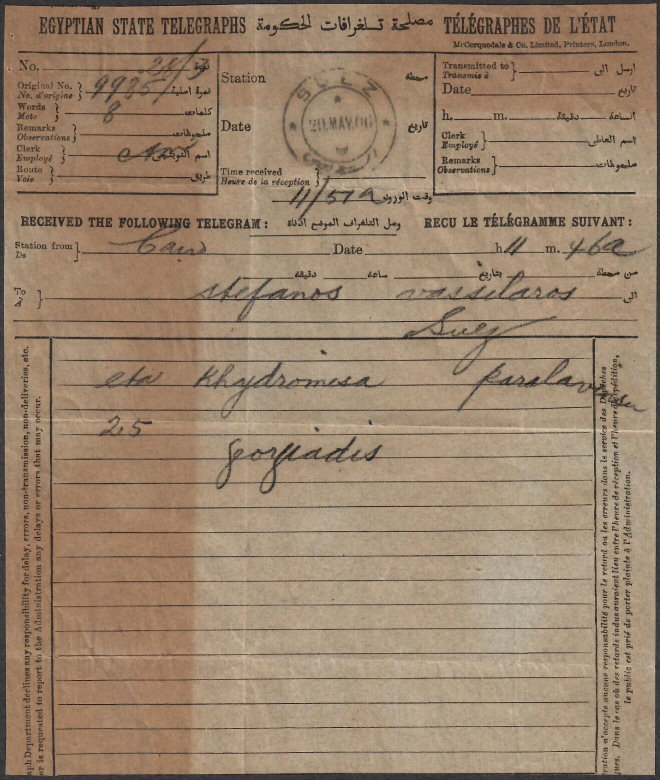
The left-hand panel has standard disclaimers in English.

The right-hand panel has the equivalent in French.

I see no disclaimers in Arabic, but it may have been at the bottom which appears to have been cropped, as does the top.
Images courtesy of Vahe of GV PHILATELIAN. (click image for listing).
Form G. 13
An unused Receiving Form G. 13 (top-center) of the "Egyptian State Telegraphs" , printed by the Egyptian State Railways in 1942 (see bottom imprint).
It is printed in English and Arabic and is very similar to later G.14 forms lower down.
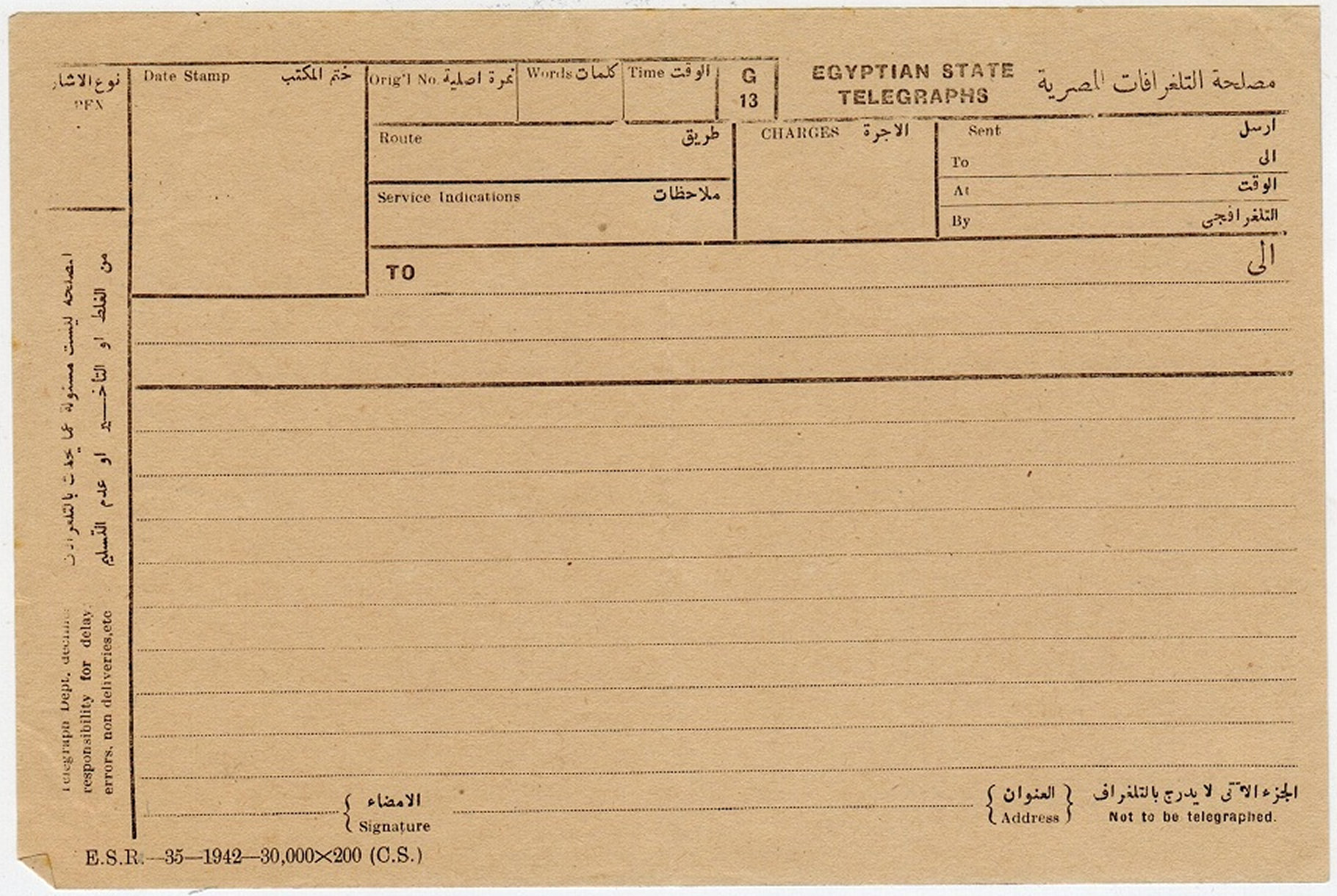
The imprint at bottom-left reads "E.S.R.—35—1942—30,000x200 (C.S.)" indicating a 1942 printing by the Egyptian State Railways.
Image courtesy of SteveDrewett.com.
Form G. 14
A Receiving Form G. 14 of the "Egyptian State Railways and Telegraphs" used in Esbekia(Cairo?), 7 September 1910, printed by McCorquodale & Co. Ltd. of London.
It is printed in English, French and Arabic and is very similar to the form above, but not trimmed.

A Telegram of 12 words dated 7 December 1914 and used at Shebin el Kom.
It is printed in English and Arabic. There is the an imprint at top-right of "No. G. 14."

There is an imprint of the Egyptian State Railways at the bottom (1914 ?).
![]()
A Telegram of 14 March 1917 used at Bab el Guedid, a railway station in Alexandria. This is very similar to the last, but without the ESR imprint at the bottom.
It is printed in English and Arabic. There is the remains of an imprint at top-right. From the last telegram, I know it to be "No. G. 14."

The top says 7 words, so presumably the script at the bottom was a reply.
A Telegram very similar to the last, especially the cancel, but virtually all in Arabic. Date unknown.
It is headed something like "Arab State Telegraphs" in Arabic. There are two imprints, but I don't see a year.
I see an Arabic 14 (١٤) at top-left, so this could be an Arabic version of Form G14. (circa 1917)



A Telegram of unclear date, but probably 12 August 1942 or 1943. Form G14 (Top-center)
It is headed "Egyptian State Telegraphs" in English and Arabic
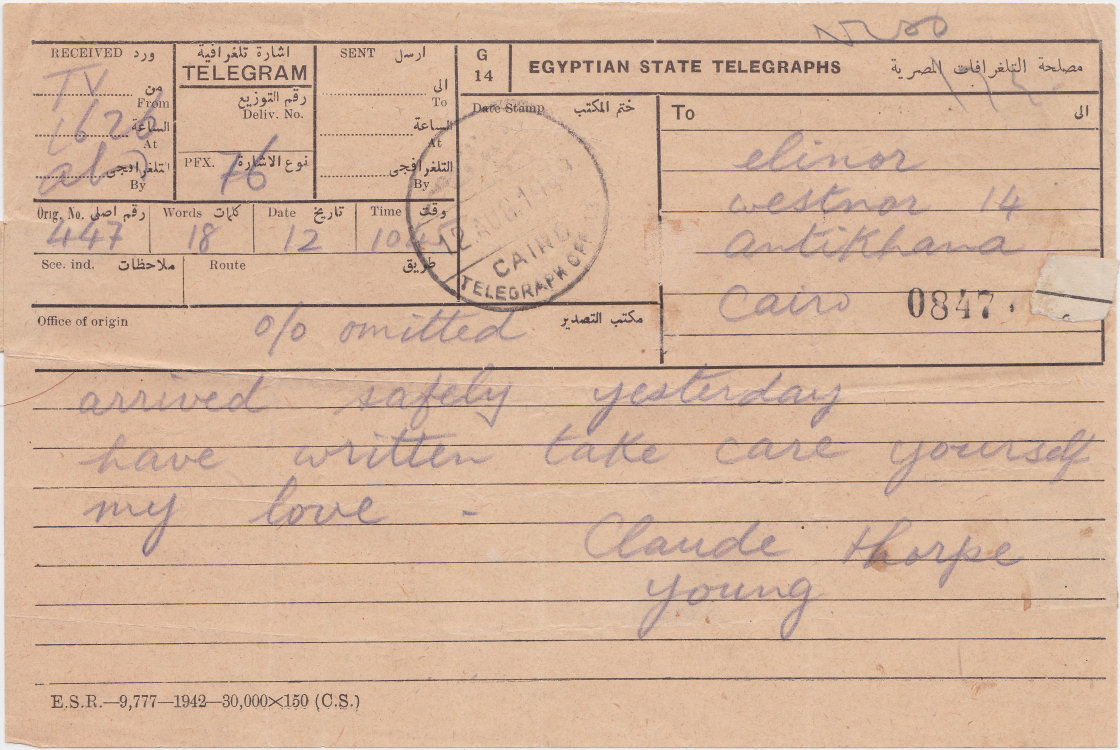
There is an imprint at bottom-left suggesting it was printed in 1942.
![]()
The E.S.R. may be Egytian State Railways as being the printer.
An unused Telegram with a pre-filled date of 194_. The back has a P.O. form number at the top and a printers imprint at the bottom that looks like "Govt. Press" and "1941"
The top-right on the back has the fprm number in Arabic as ٢٨ or 28, so Form P.O. 28.

Image courtesy of SteveDrewett.com.
A Telegram that illustrates a problem that we have with these. The handstamp says 1913 (١٩١٣); the white label below has 1970(١٩٧٠) with 1962(١٩٦٢) underneath; and the printers imprint says 1951.
It is printed mainly in Arabic with some English. There is an imprint at top-left suggesting a form number of (2) and perhaps pads of 14(١٤). I'll go with the handstamp and say 1913.


The imprint at the left suggests a printing date of 1951.

A Telegram of unclear date, butcould be 1984 (١٩٨٤). It is headed "Arab Republic of Egypt" Form C-19
Egypt became an Arab Republic after a military uprising of July 22, 1952, forced the King to abdicate. So is must be after that date.
It is headed "Arab Republic of Egypt / Telecommunications Organization / International Sector"
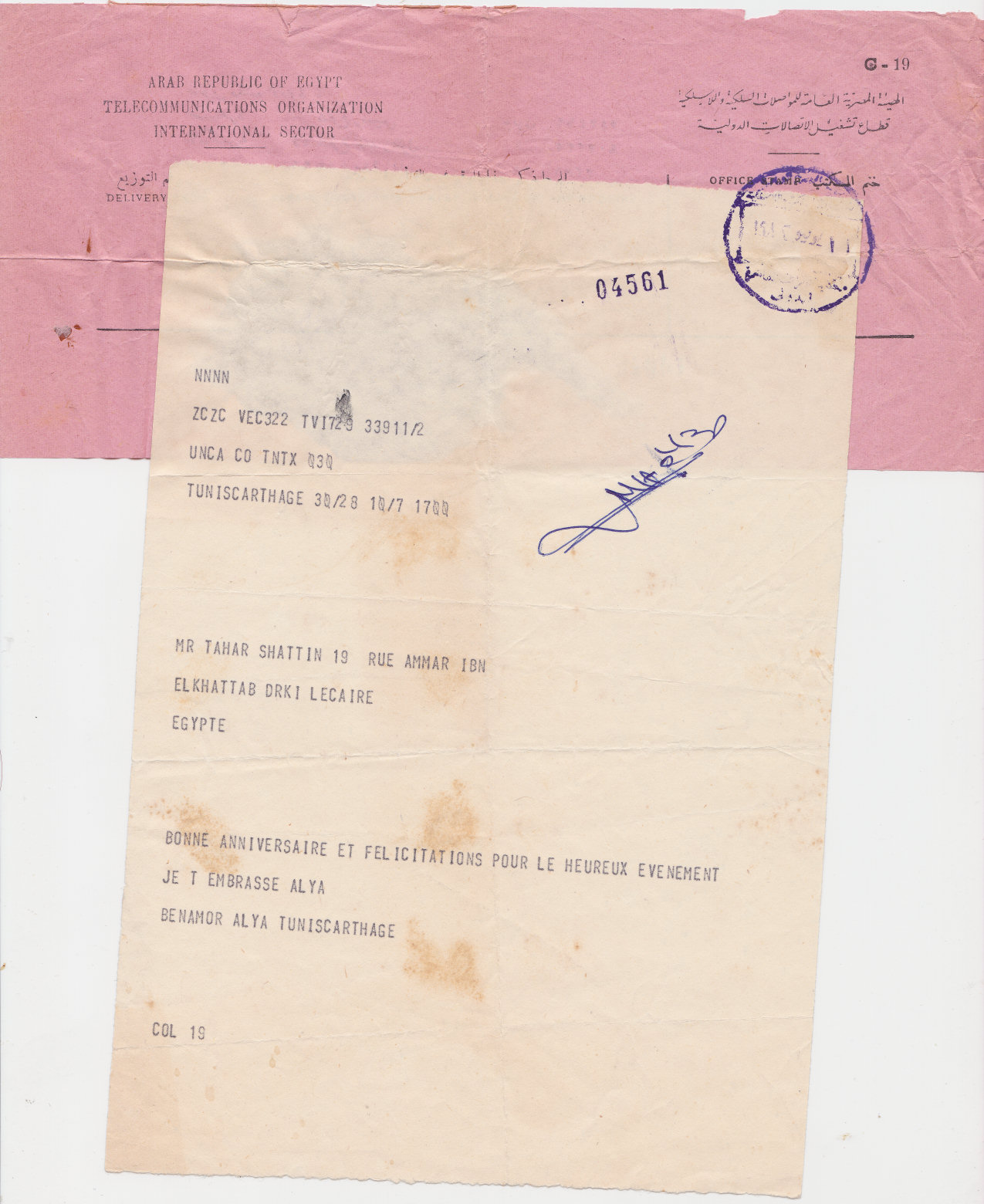
The back of the pink heading paper has Station addresses and phone numbers in Arabic and English for Cairo, Alexandria, Port Said and Suez.
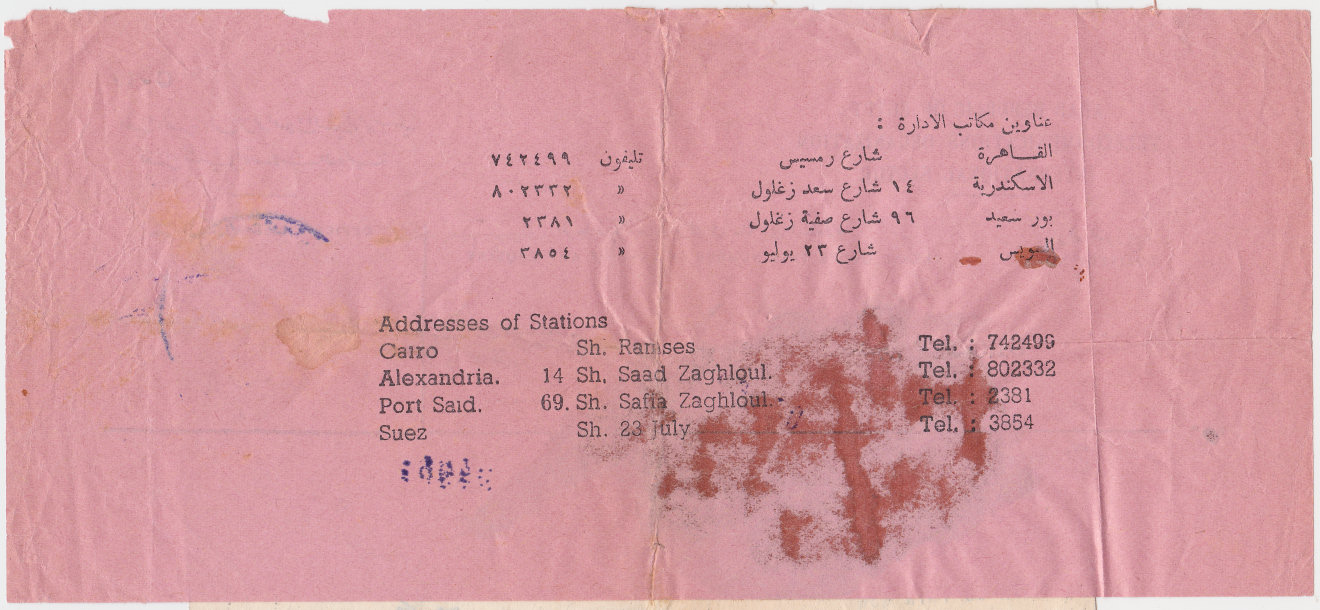
An undated Telegram envelope used of Egyptian State Telegraphs, marked "Form G 10" on the right.
This is in English, Arabic and French.

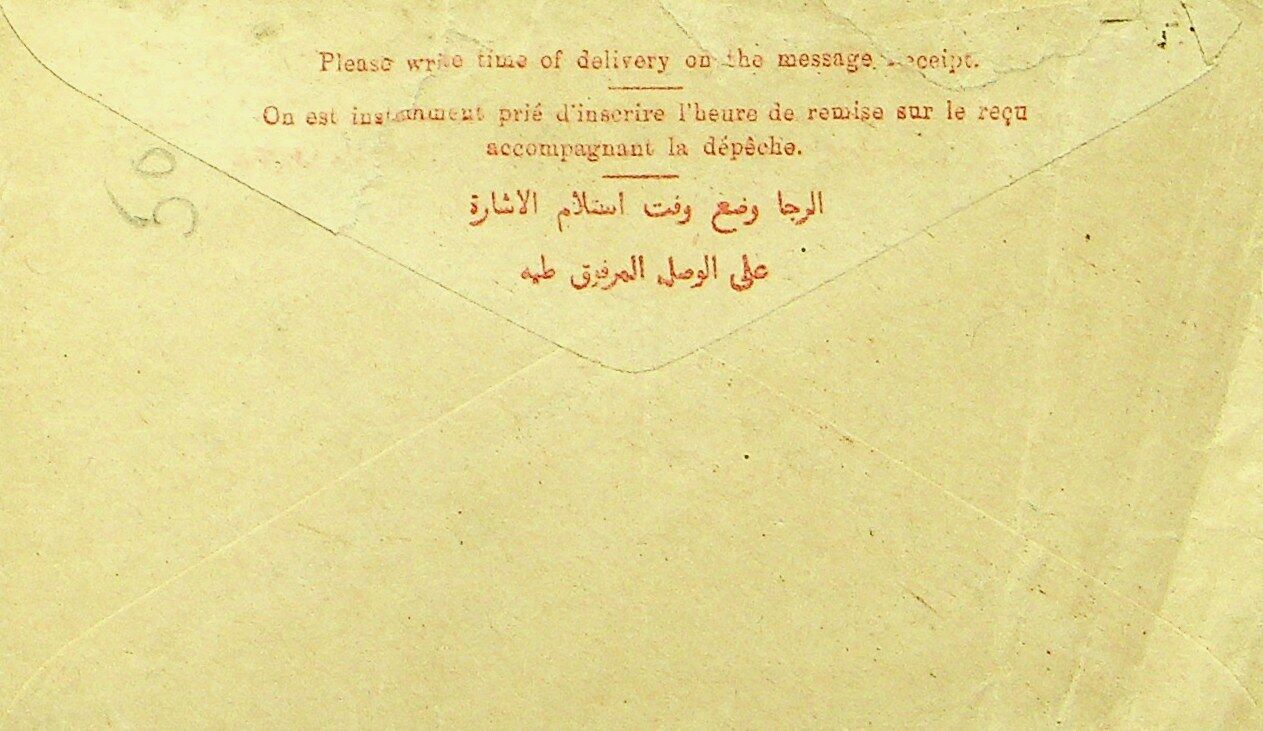
Image courtesy of AsianStamp - (click for listing).
Egypt had an association with the Marconi Radio Telegraph Company.
The Marconi Radio Telegraph Company of Egypt had an association with the Eastern Telegraph Co. Ltd.
Telegram of the Marconi Radio Telegraph Company of Egypt S.A.E., Associated with the Eastern Telegraph Co. Ltd.
This is marked "C18/" at the top. It was used 8 January 1943 and was received on the 12th. Printed in black with Cairo written as "CAIRE".
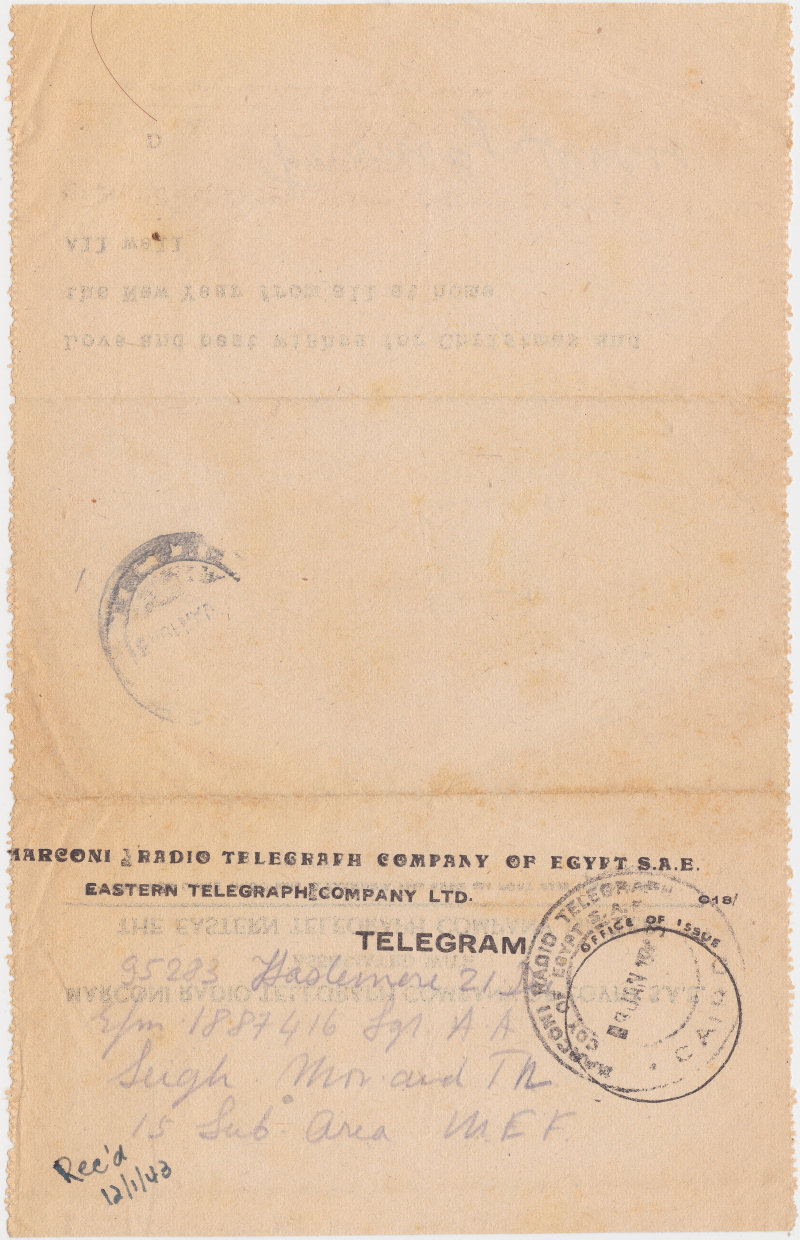
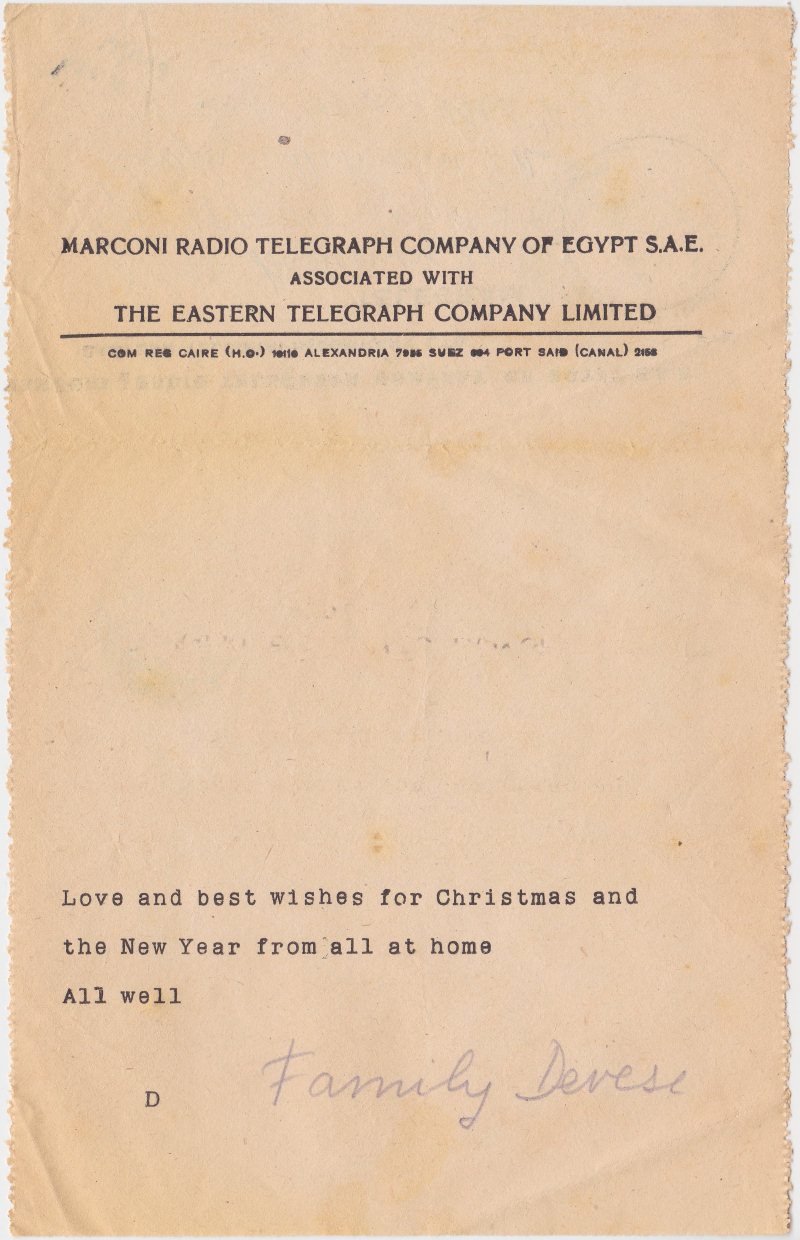
There is also an interesting imprint under the Eastern Telegraph name.
![]()
Telegram of the Marconi Radio Telegraph Company of Egypt S.A.E., Associated with the Eastern Telegraph Co. Ltd.
This is marked "C18/B" at the top and is printed in blue. It was used 11 January 1943 and was received on the 17th. Cairo now written as "CAIRO".

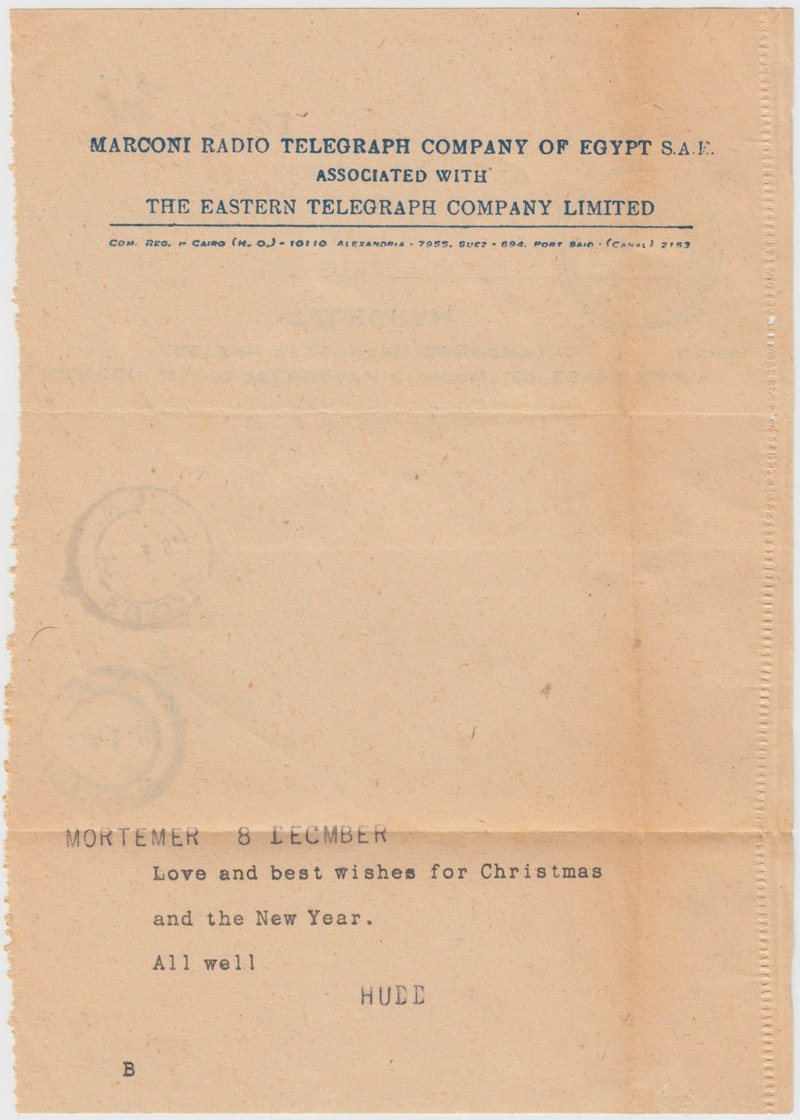
The imprint under the Eastern Telegraph name is clearer.
![]()
Image courtesy of Treasurings-Jewelry on eBay.
This Telegram is marked "C/14" at the top-right, and dated 24 April 1951.

This Telegram is dated 10 February 1958.
It is marked "A/41 b." at the top-right.

This Telegram is undated and marked "C/3" at the top-right.
This looks like a Forwarded Message.

The back of another one.

Éire
Front and back of an advertising "C or B" type telegram dated 31 March 1925.

Image courtesy of SteveDrewett.com
A telegram dated August 1937. No longer marked C or B.

It was delivered in this envelope :

Images courtesy of SteveDrewett.com
A telegram dated in 1948. This a bit more legible.

Image courtesy of SteveDrewett.com
An interesting Official envelope of the Irish Free State dated 10 January 1930 and used in Dublin (BAILE ATHA CLIATH).
Across the top, but folded in half is "SAORSTÁT ÉIREANN" or "Irish Free State". This was sent to London, so perhaps tact was involved.
This has an "OFFICIAL PAID" mark. I expected the top to be the same in Irish, but "DIOLTA GO hOIFIGIUIL" appears to translate as "OFFICIALLY SOLD"!
Perhaps I read it wrong.
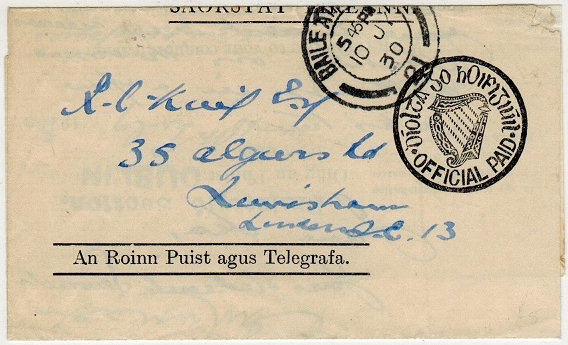
At the bottom is "An Roinn Puist agus telegrafa." or "Department of posts and telegraphs."
Image courtesy of SteveDrewett.com
Greece
I have seen it claimed that 'dash circles' as the perimeter of a cancel is an indication of telegraphic usage.
I know of British usage where this is certainly not the case, however there may be some truth in the case of Greece.
The first 4 images are courtesy of Les Bottomley who first drew my attention to these. The next two are mine.
For the purposes of interpreting place names and dates, some (upper-case) Greek Letters are similar to English (A, B, E, I, K, M, N, O, T, X, Y, Z)
but some are different (Γ→G,
Δ→D , Η→EE, Λ→L , Ξ→KS, Π→P, Ρ→R , Σ→S, Φ→F, Ω→O.
They start with ΤΗΛ. ΓΡ. which is an abbreviation of ΤΗΛΕΦΩΝΙΚΟ ΓΡΑΦΕΙΟ meaning TELEGRAPH OFFICE, followed by the place name.
According to Les, they were in use from 1900 to as late as 1969, but mostly 1911 to 1935, with 3mm high lettering and 36 dashes in the circle.
I think Les was taking this from another source, but does not say what that source was. He said there were about 136 named cancels.
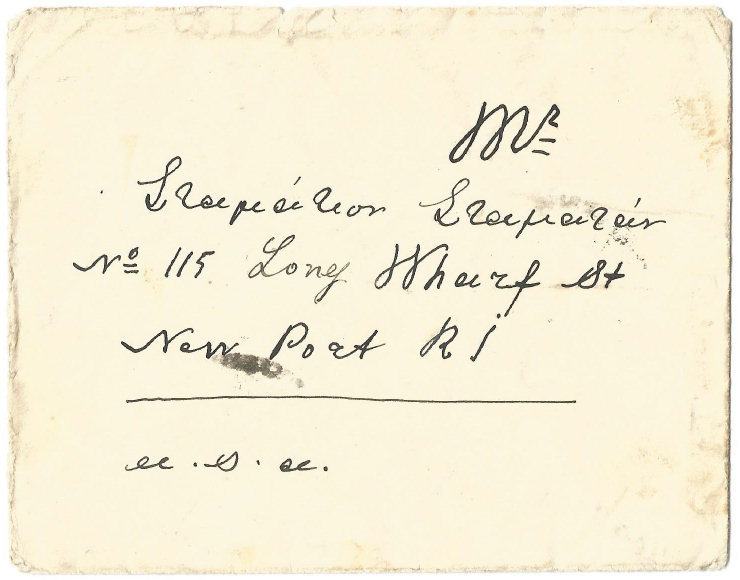
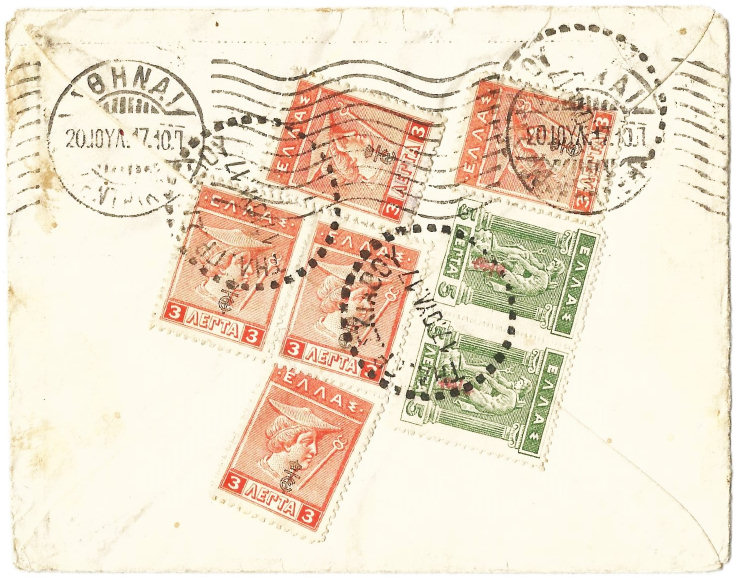
This would seem to be a delivery envelope for a telegram from SKIATHOS (ΣKIAθOY, 17 July) island to New Port, Rhode Island, USA, via Athens (AθHNAI, 20 July).
There are no arrival marks. The stamps on the back are all overprinted with Crown over ET. This series of stamps was produced both as Litho and Engraved variants. This is the the 1916 issue.
According to stamp-collecting-world.com :
"During World War I, the pro-neutrality government in Athens ordered that all the current postage stamps be overprinted to prevent their use by the pro-Entente provisional government of Eleftherios Venizelos."
It was applied to both variants. The stamps add up to 25 Lepta, so it is a bit strange that a single 25L stamp was not used. Images courtesy of Bram Leeflang.
This has a cancel saying ΤΗΛ. ΓΡ. ΛΙMNΗΣ or LEMNOS TELEGRAPH OFFICE. With the punch hole it could easily be thought to be telegraphic.
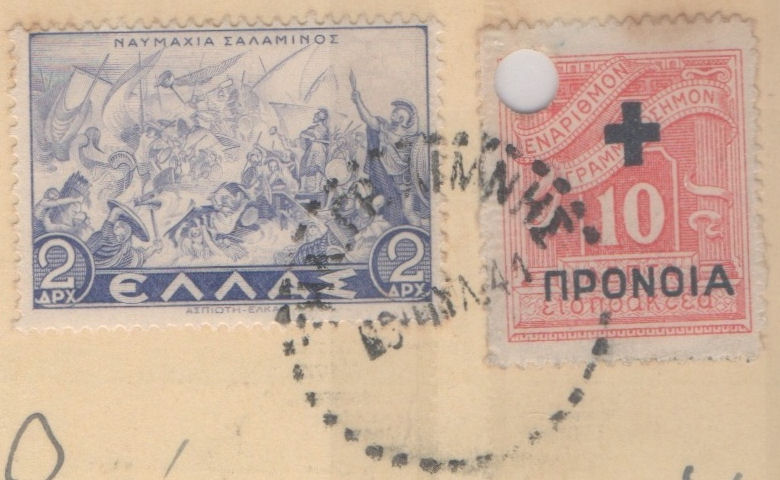
The complete item though looks like this. It appears to be a commercial card with two punch holes that are 3.125 inches (80mm) apart, a standard filing guage.
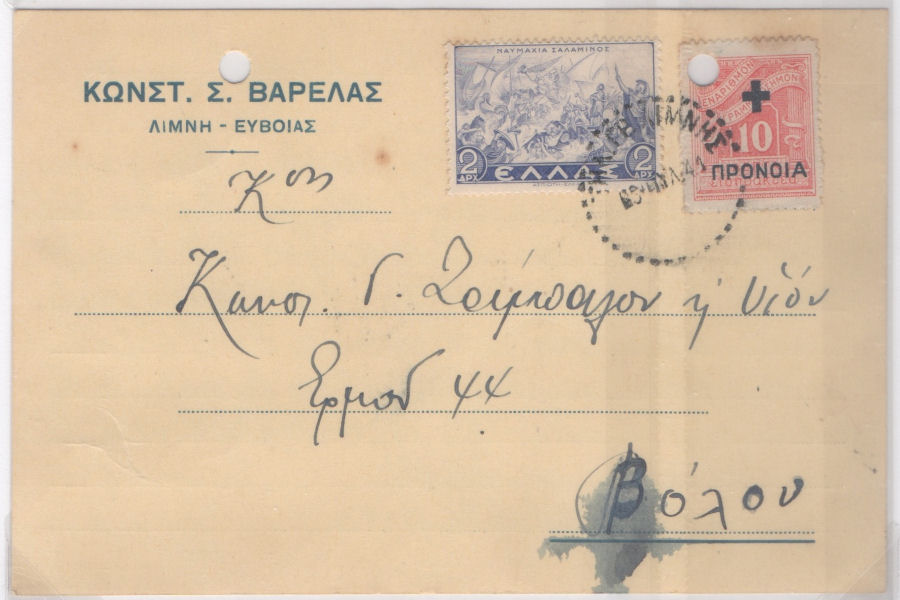
It bears a 2 Drachma stamp of 1937 and a 10L Postal Tax stamp of 1937. Courtesy of Les Bottomley.
Such cancels may well have been used on stamps on telegraph forms, and even more likely on delivery envelopes, but they were also on other things.
The Greek alphabet is: ΆΑΒΓΔΕΖΗΘΙΚΛΜNΞΟΠΡΣΤΥΦΧΨΩ and αβγδεζηθικλμνξοπρσςτυφχψω
Note that σ at the end of a word is written as ς.
It often happens that only part of the Office name is visible. You can search for that part below.
IMPORTANT, copy/paste (<Ctrl>C / <Ctrl>V) Capital letters from those above, a Greek "N" is not the same as an English one which will not be found.
Forms
It is unusually hard to put these in sequence due to the few forms with a year on them, but the logos help.
Form ΣΤ
A form used in 1906. Top-left appears to be "ΕΝΤΥΠΌΝ ΣΤ!" = "FORM ST!"
Below that is ΕΛΗΦΘΗ ΕΚ = RECEIVED EC(?), and over to the right of that is ΑΡIΘ. ΔIΕΚΠ where "ΑΡIΘ." = "No."

Helpfully, this has written on it 1/III/1917
Very similar to the last form, but much shorter and clearer.

A re-designed form, with pre-filled year of "192_"


At the bottom-left, it looks like there is a printers imprint, perhaps in Corfu (Κέρκυρα).
Another new style with the TTT Logo. Now using tape strips.

No sign of the year, even on the two date stamps.
No sign of a Logo, but could have been torn off. A new "Form number" of Υπόδ. NZ.
This is dated 29/5/1964.

Now the OTE Logo and a form number change to ΤΓ3.


The imprint up the left side has 'Υπόδ' changed to 'ΥΠOΔ' and the "Τ Γ 3" looks like a new form number, unless its 356.
This has a feint date of 23 February 1968. Now with an OTE seal and a form number change to ΤΓ3N.
At the top it tells you what the OTE stands for.

![]()
The imprint at bottom-right has 'Υπόδ' back and now "Τ.Γ. 3 N " and 356. the "4/67" could be an April 1967 printing date.
Could "K.A." be the printing house ?
Telegram Seals.
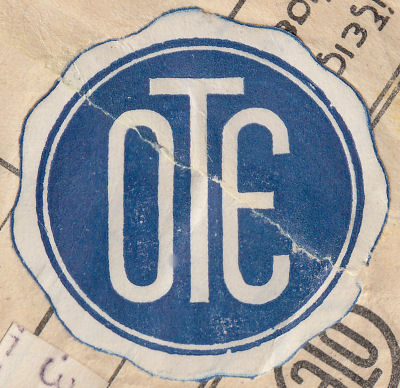
A few are known and shown in the section on Greek seals.
Hawaiian Islands
The Hawaiian Islands were a kingdom until 1893, then a republic until being annexed by the USA in 1898. It subsequently became a State of the U.S.A. in 1959
Due to its isolation, telegraphy would be important to it. This item may not have been telegraphic, I have no evidence either way,
but it is similar to some other cancels that were.

Scott 43 dating from 1886 depicting King David Kalakaua.
I would welcome more information and/or examples.
Iraq
Baghdad has long been an important trading center, so I have to assume that telegraphy has long been used there.
As yet though, I have seen scant evidence of it. I would welcome more.
Israel
The modern state of Israel was established in 1947. I have no information about telegraphy there.
A telegram dated 21 July 1960 from Zurich Switzerland to Holon. Israel. מברק at the top is Hebrew for Telegram.
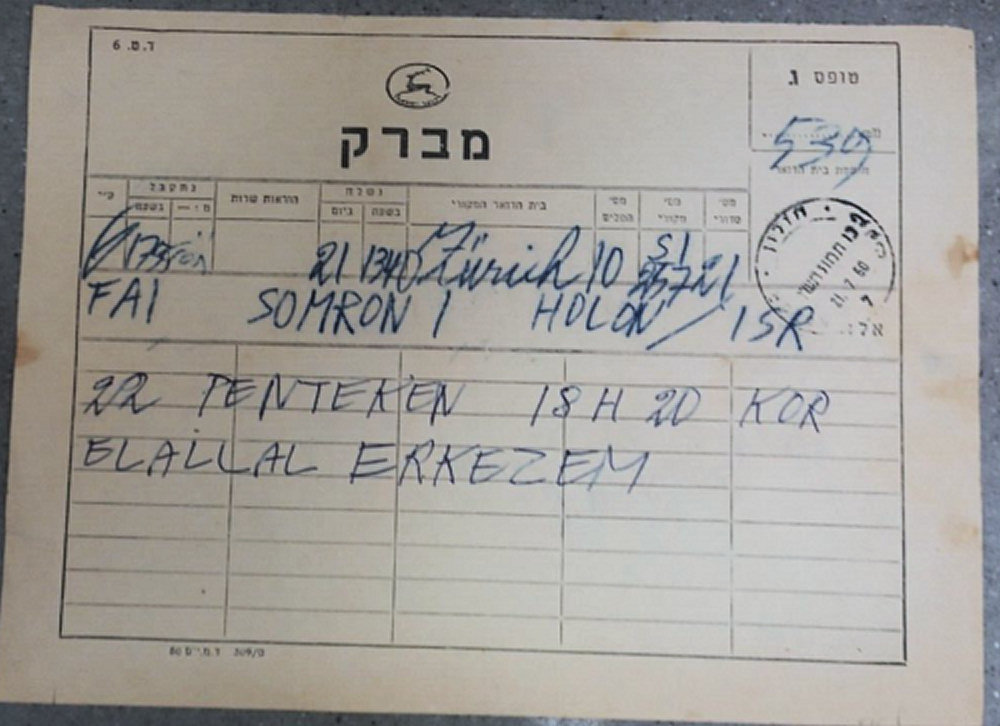
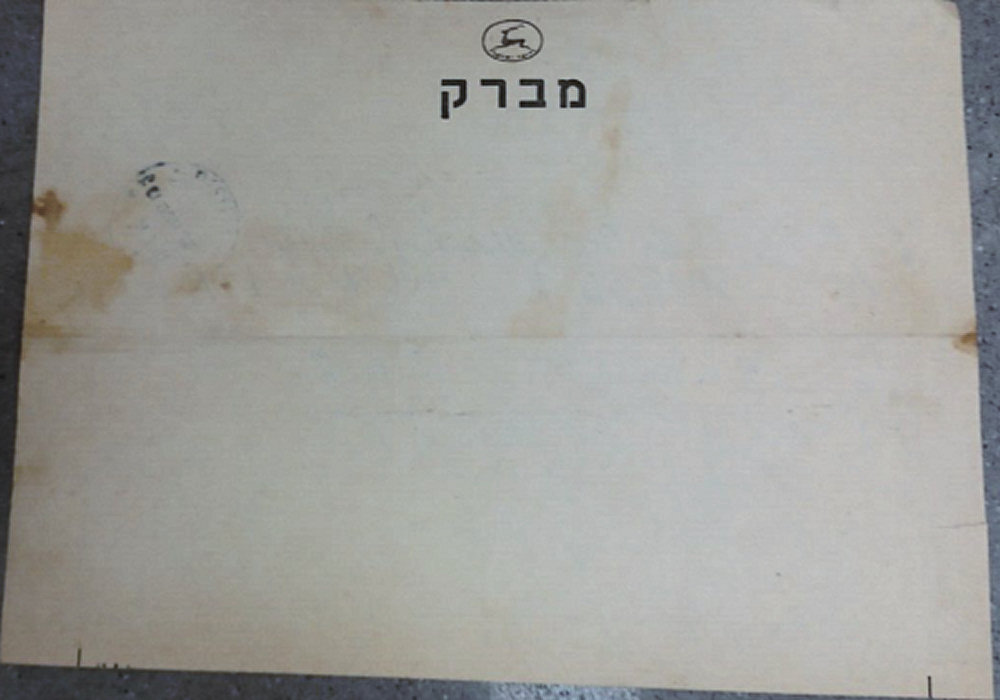
Images courtesy of Leonid of tegincoin on eBay. Click image for listing.
Korea
Imperial Korean Telegraphs (司報電國帝韓大 reading right to left in Hanji) envelope of about 1901.

This was sold by Spink 16 Dec 2015. It has a 3ch stamp.
Like the last, but no sign of a stamp.
I presume the recipent lived close to the Telegraph station and it was hand delivered.
The GreatNorthern had a submarine cable laid between Fusan, (later Pusan and now Busan, 부산시) in Korea and Tsuschima (対馬, a Japanese Island) around 1900-1901.
The Japanese had been growing in influence and took control of Korea in 1910. During the period 1910 to the end of World War II, the Imperial Japanese Telegraphs
used their telegram forms and seals in Korea, though apparently not their telegraph stamps.
Currently, what little information that I have regarding Telegraphy in Korea comes from the Korea Stamp Society (KSS), and I would particularly like to thank Ivo Spanjersberg for his help.
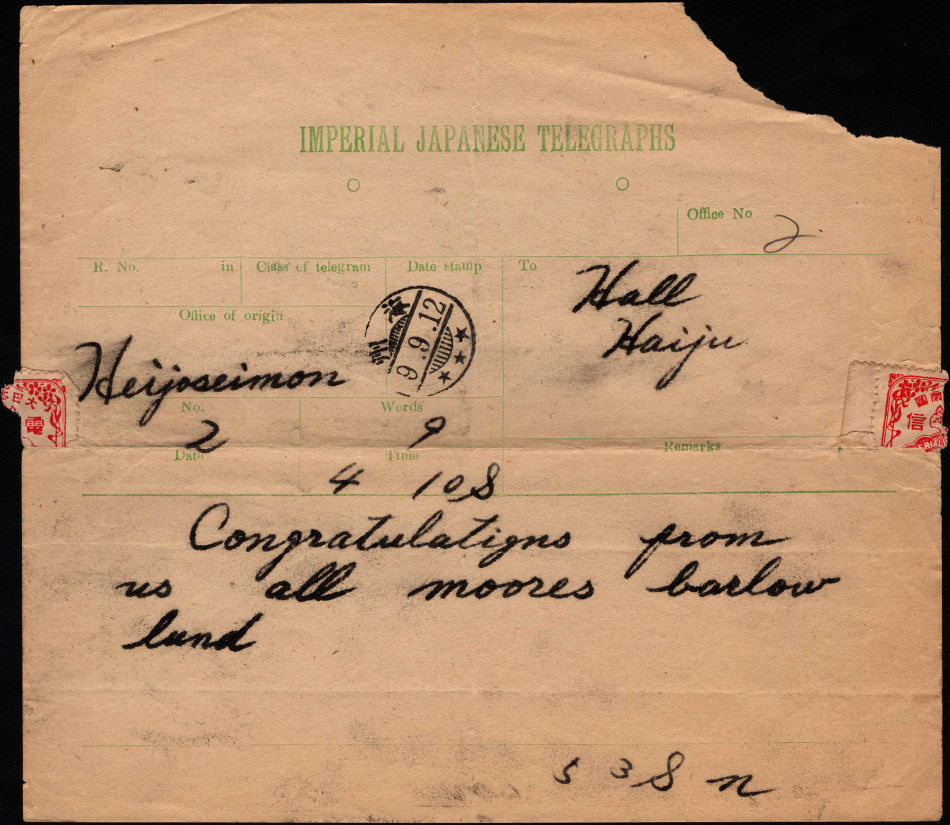
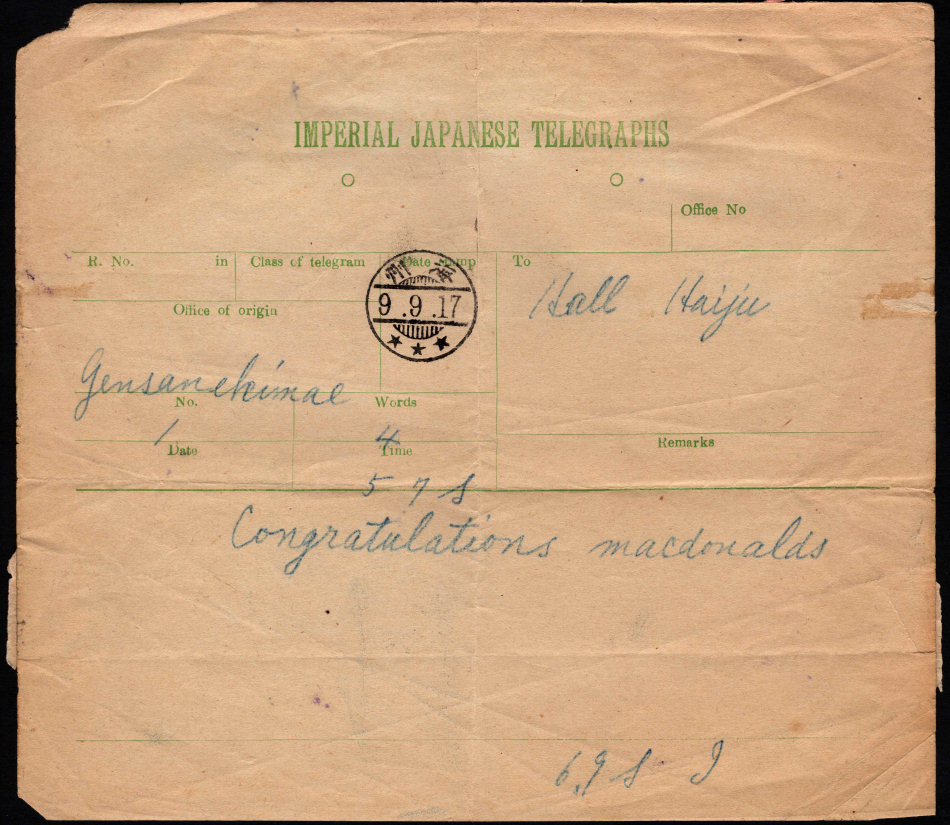
Two telegrams with cancels marked 海州 (written right to left). I see it is transliterated as Haiju which is now in North Korea. Confusingly there is also a place called 海州 (Haizhou) in China.
These images come courtesy of KSS \
Robert Finder (chairman).
With the end of WWII, it had been hoped that Korea would become a free country again, but that was not to be. The DPRK in the north appears to have made it difficult to follow what happened with telegraphy there.
The ROK in the south though should be amenable to study and I would welcome input from those interested.
My list of Japanese Telegraph cancels includes :
Busan, S.Korea = 韓国釜山
Kuwait
State of Kuwait Telegram dated 8 April 1965
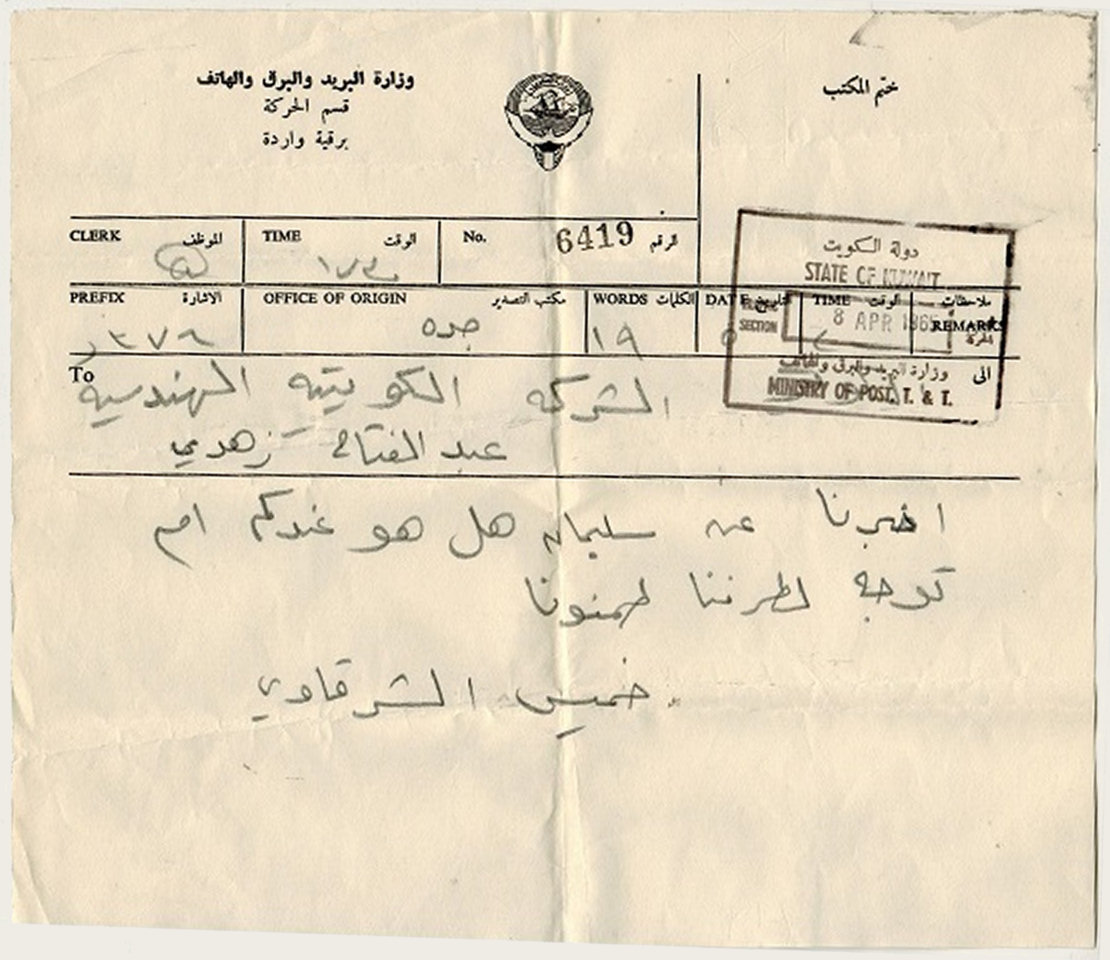
This was in the envelope below :

Image courtesy of SteveDrewett.com
Pakistan
Pakistan was created as a separate entity on 15 August 1947 when India was divided. Initially, Pakistan was in two parts, West and East.
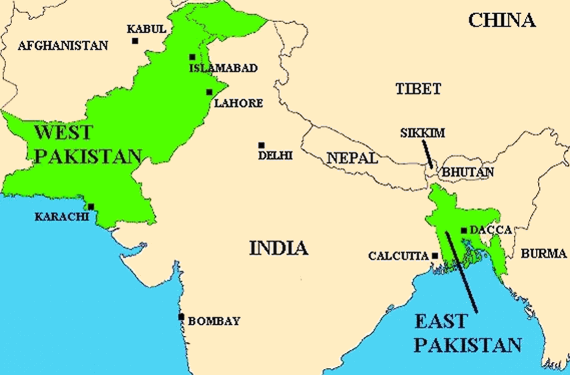
In December 1971, East Pakistan became the independent Bangladesh, with Dhaka (Dacca) as its capital.
Anyone have telegraphic material of Bangladesh ?
Initially Pakistan still needed to rely on facilities that had been created prior to the partitioning. Indian stamps and probably some stationery were overprinted.
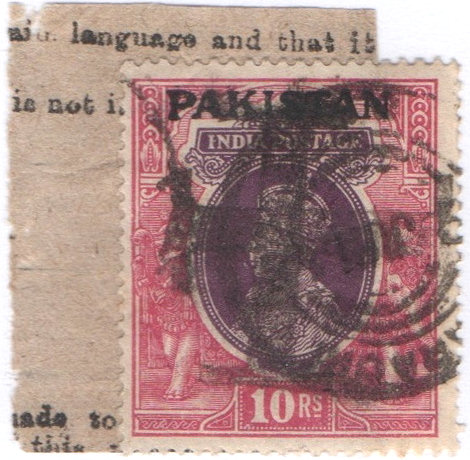 |
 |
| An overprinted 10Rp stamp used in 1948. Pakistani (bilingual) stamps became available later that year. Courtesy Les Bottomley. |
1Rp stamp used in 1969. The cancel is in the style of India, but now with P.T.O. at the bottom. Courtesy Les Bottomley. |
Stationery.
A selection of Telegraph forms. Courtesy Les Bottomley.
Not sure what the "B. T. B." stands for.
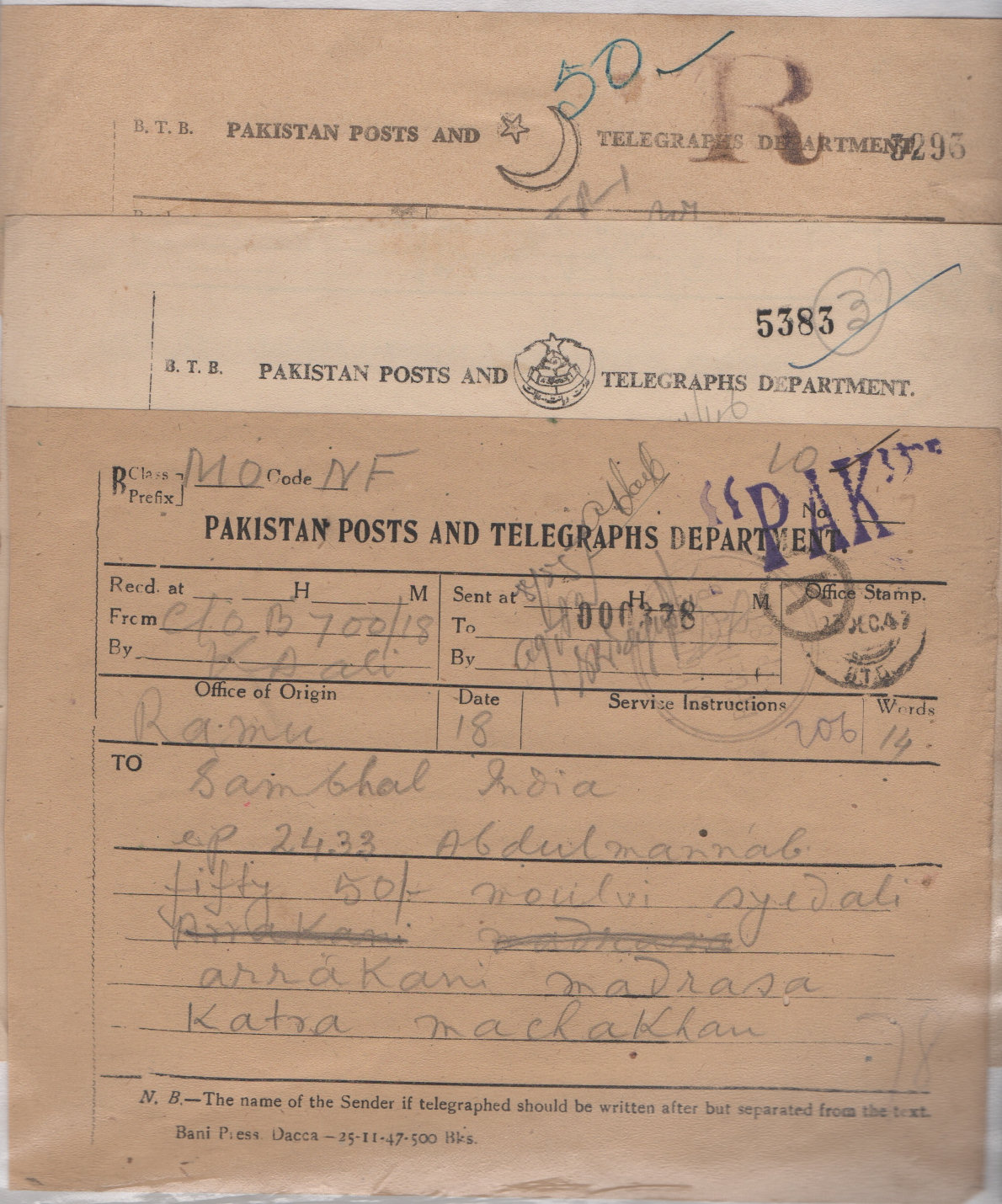
A Telegraph form used 20 March 1971.
C.-Book. (T&T). This has a large, boxed "SU" which I take to mean "SUKKUR".
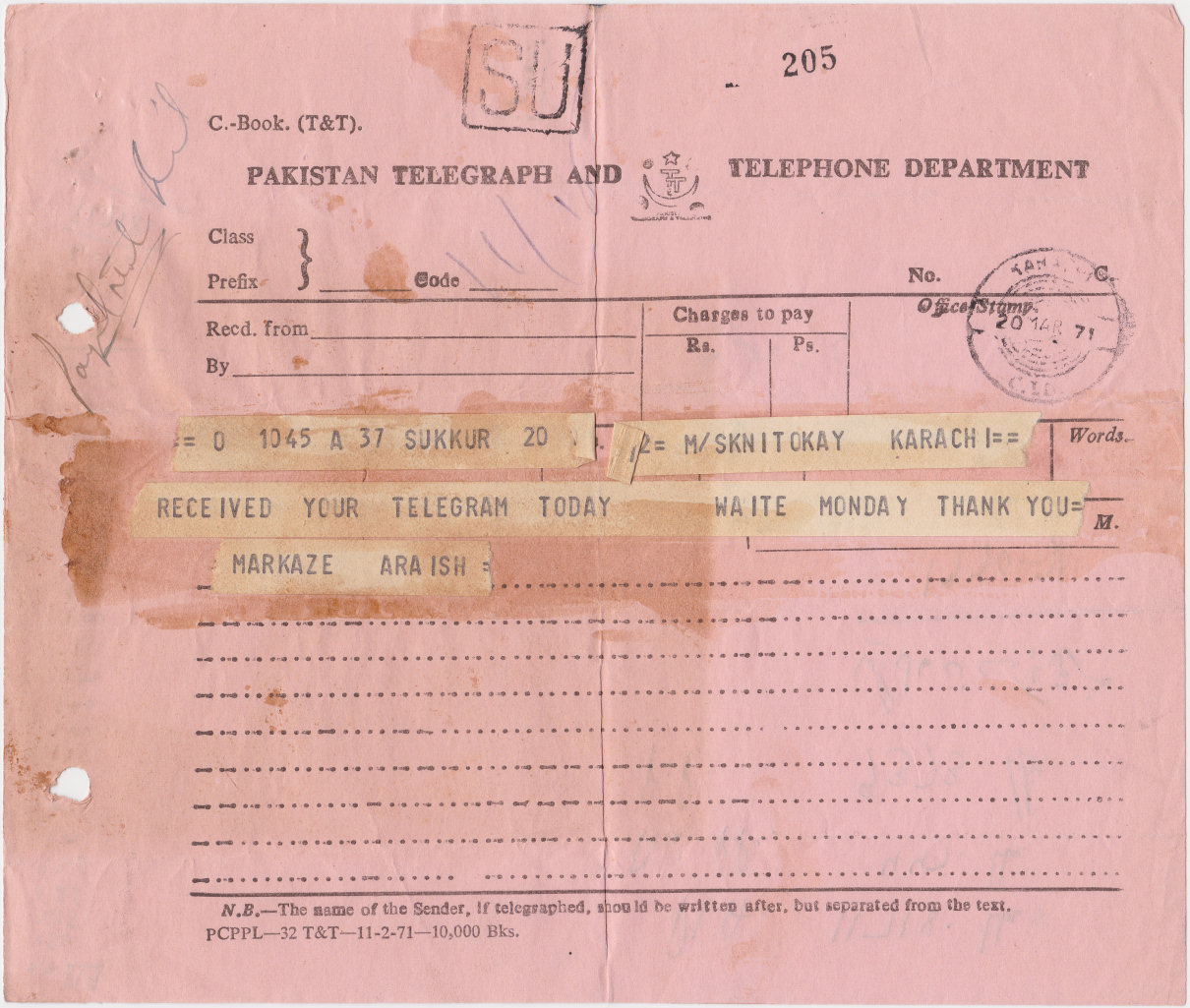
This has an imprint at the bottom reading "PCPPL—32 T&T—11-2-71—10,000 Bks."

A Telegraph form used 18 January, but I'm not sure if 1971 or 1977 as the Karachi date-stamp is unclear.
C-3. at top-left. Again "SU".
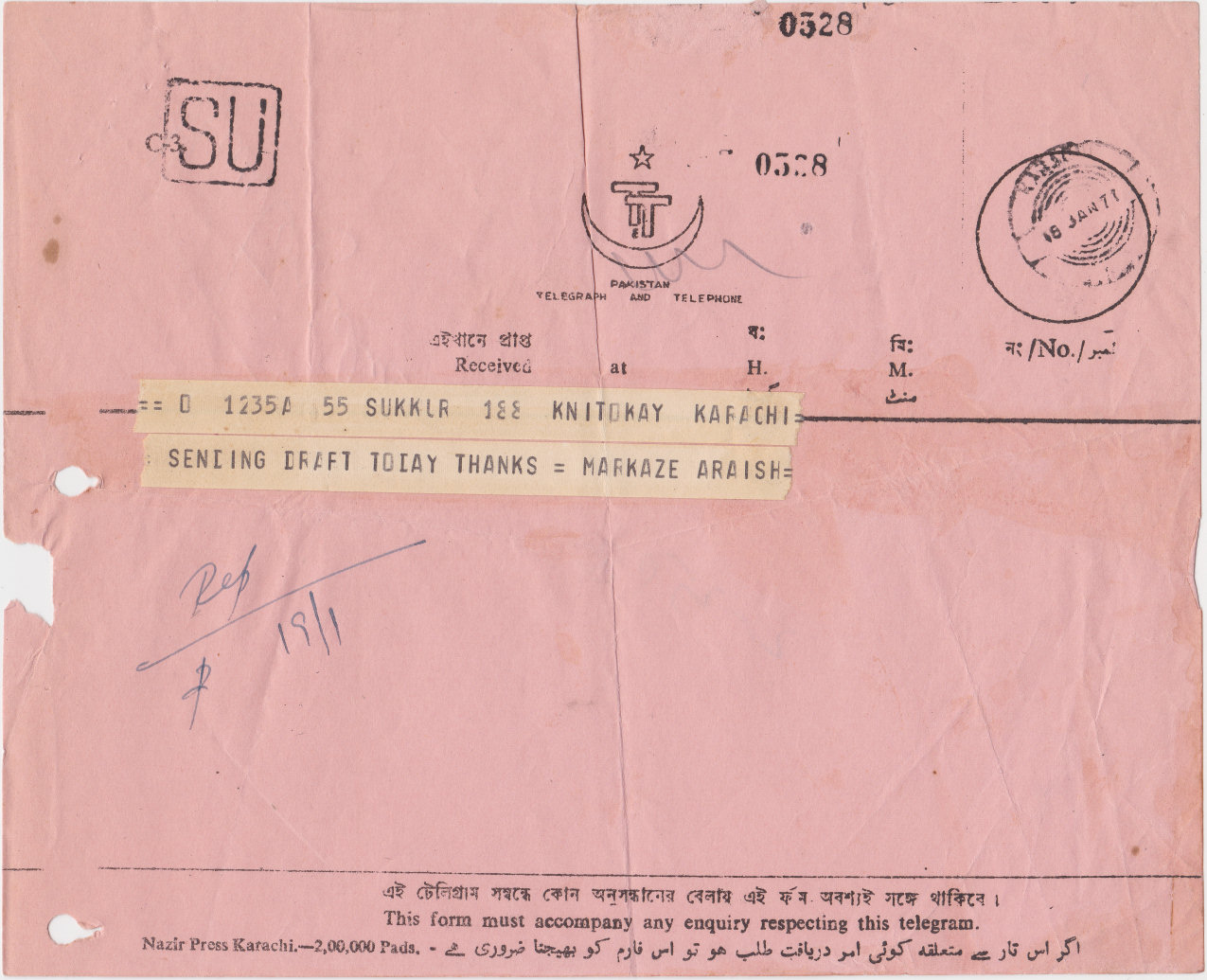
This has an imprint at the bottom reading "Nazir Press Karachi.—2,00,000 Pads -" it continues in what I would guess to be Urdu :-


Front and back of a Telegraph Acknowledgment form R.P.-54. used 1in Bahawalpur. Printed 11 June 1962.
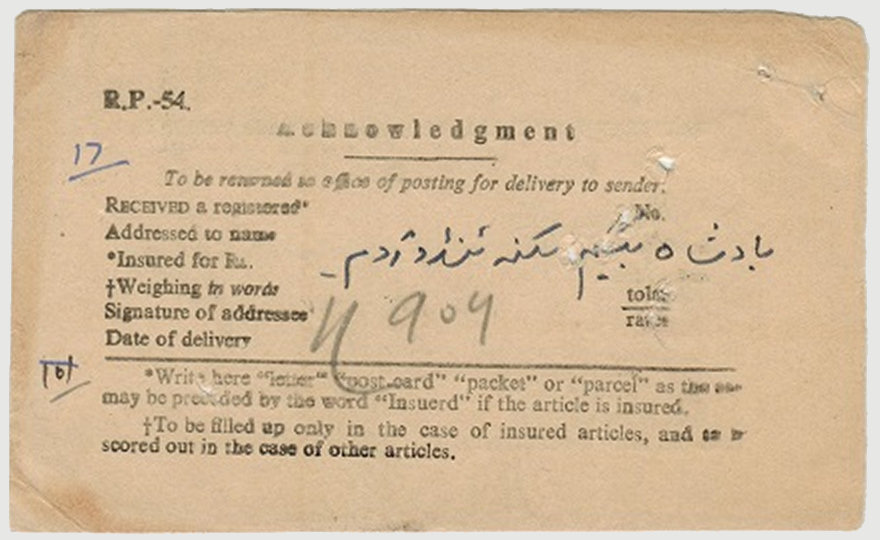

Images courtesy of SteveDrewett.com
Palestine
"Occupied Enemy Territory Administration" Form No. T.6. used 3 March 1920

In English only. The 2½ mil stamp was presumably for a receipt tax.
Ex Andrew Higson, courtesy of Spink & Son.
Form P.T. 13.
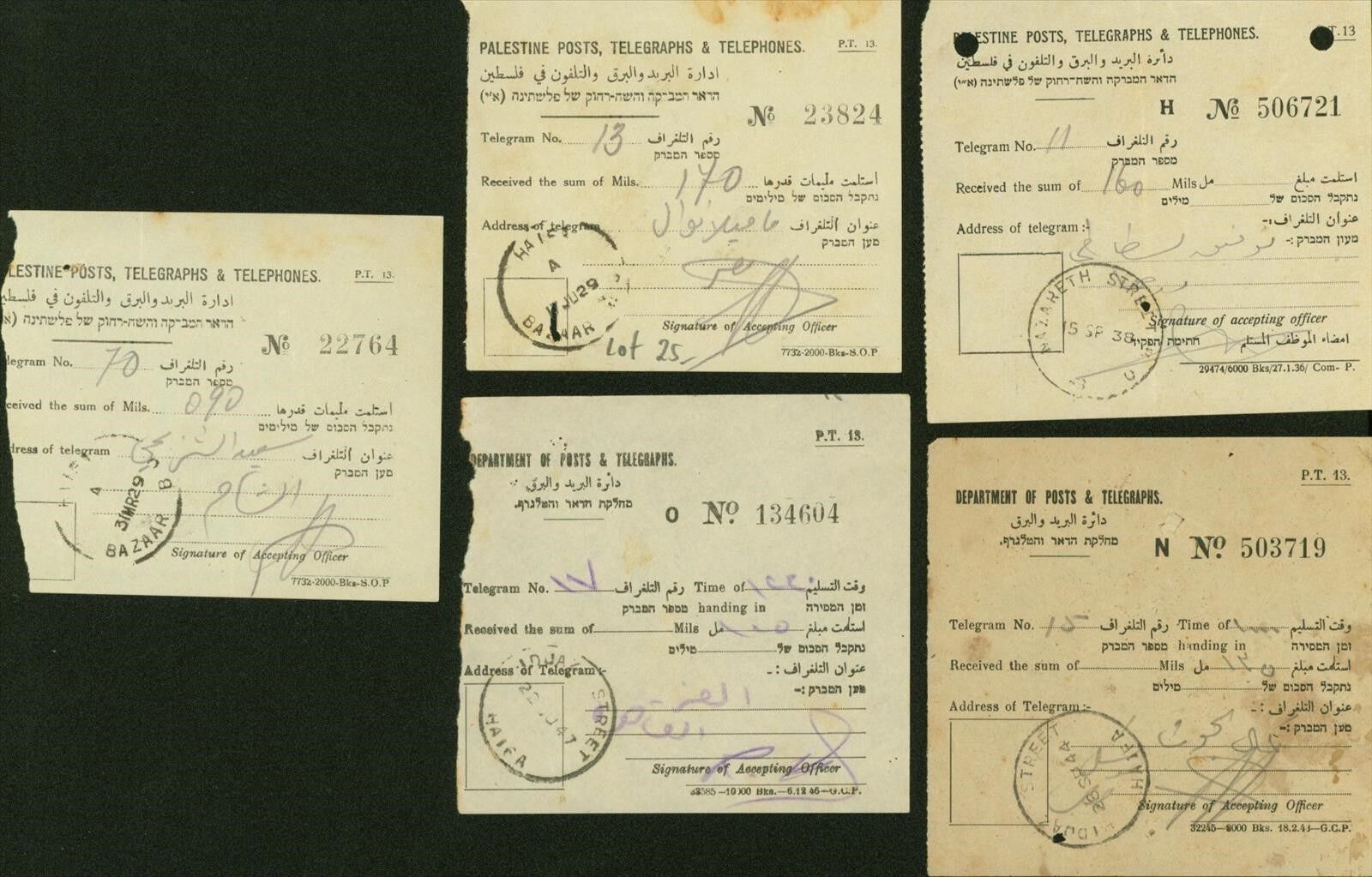
A selection of 5 telegraph receipts (4 different) from Haifa, spanning 1929 headed "Palestine Posts, Telegraphs & Telephones" to 1947 headed "Department of Posts & Telegraphs".
The writing was in Arabic, Hebrew and English, with various imprints at the bottom-right with ""S.O.P.", "G.C.P." or "Com-P". Despite these changes, the form number remained P. T. 13.
Images courtesy of vgstamps2015 on eBay (click image for listing).
A Hebrew blessing telegram dated (I think) 10 August 1938. Near center-top it says "(אייד) שׁל פלשׁתינה" matching the Hebrew on the PT13 forms above.
The part above that is "הדאר / והתלגרף" or "Hadar Telegraph", and in large script around that is "תלגדמת ברכה" or "Send a blessing".
Below and to the right is "משרד / המשלוח" or "Sending Office" and below that "Receiving Office". On the left is "התאריד" which is proving hard to translate, but looks like a date.

If I got it wrong, please forgive my ignorance. Can anyone read where it is from and to ?
These appear to be Islamic versions of the above.
Delivery Envelopes P. T. 11.
Active Service Form A. F. W3078 .

Printed by J. D. & Co., Apsley, Lincolnshire. Used 15 August 1940. Image courtesy of SteveDrewett.com
Form P. T. 605 A.
Paying for telephone accounts.
| Printed in 1939 and headed "Palestine Posts, Telegraphs and Telephones." Used 16 May 1941 in Jerusalem. "B" before the number.  Printed 24 October 1939 for "Comm. P." a part of the Government ? |
Printed in 1941 and headed "Department of Posts & Telegraphs." Used 30 November 1943 in Haifa. - Smaller headings, but otherwise virtually identical. "C" before the number and * after.  Printed 29 November 1941 for "G.C.P.", a "Department" not in charge of Telephones. |
Form P. T. 50.
Front and back (not sure which is which) of a form printed 12 March 1940 and used December 1944.
Headed "Palestine Posts, Telegraphs and Telephones." although the imprint is for "G.C.P."
A monthly "Account for Telephone Trunk Calls" mailed to the subscriber and paid for at the Post Office, then to be kept as a receipt.


![]()
A form used in Haifa on 9 August 1943, headed "Palestine Posts, Telegraphs & Telephones" with instructions in 3 languages. Hexagonal Censor mark.
An unused sending form P.T. 110. headed "Department of Posts & Telegraphs" of 1946 for "Foreign Telegrams and Radiotelegrams only." Again in 3 languages.
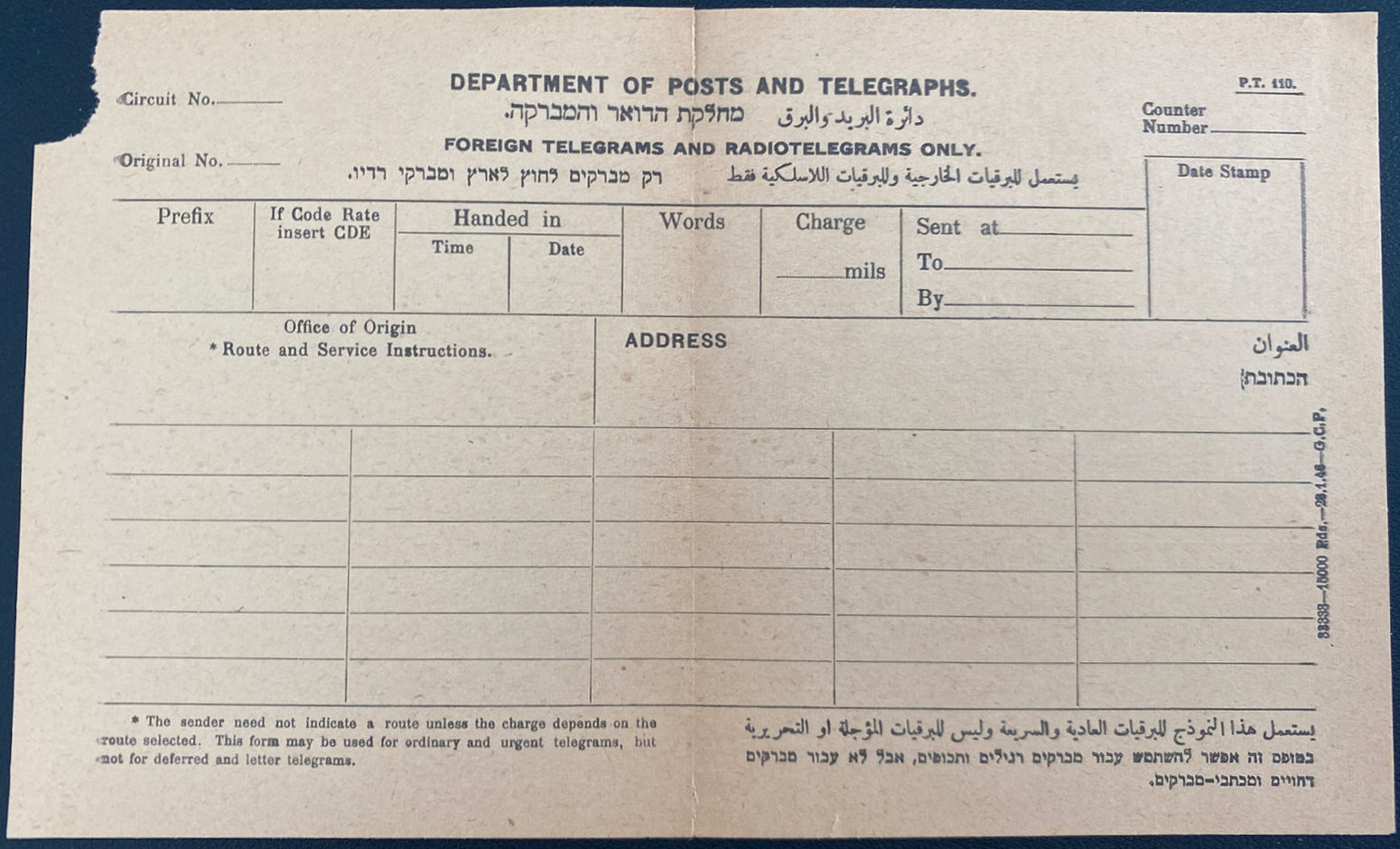
The imprint on the right reading (I think) "33338—15000 Rds,—28.1.46—G.C.P.", so presumably 15000 printed by G.C.P. on 28 January 1946.

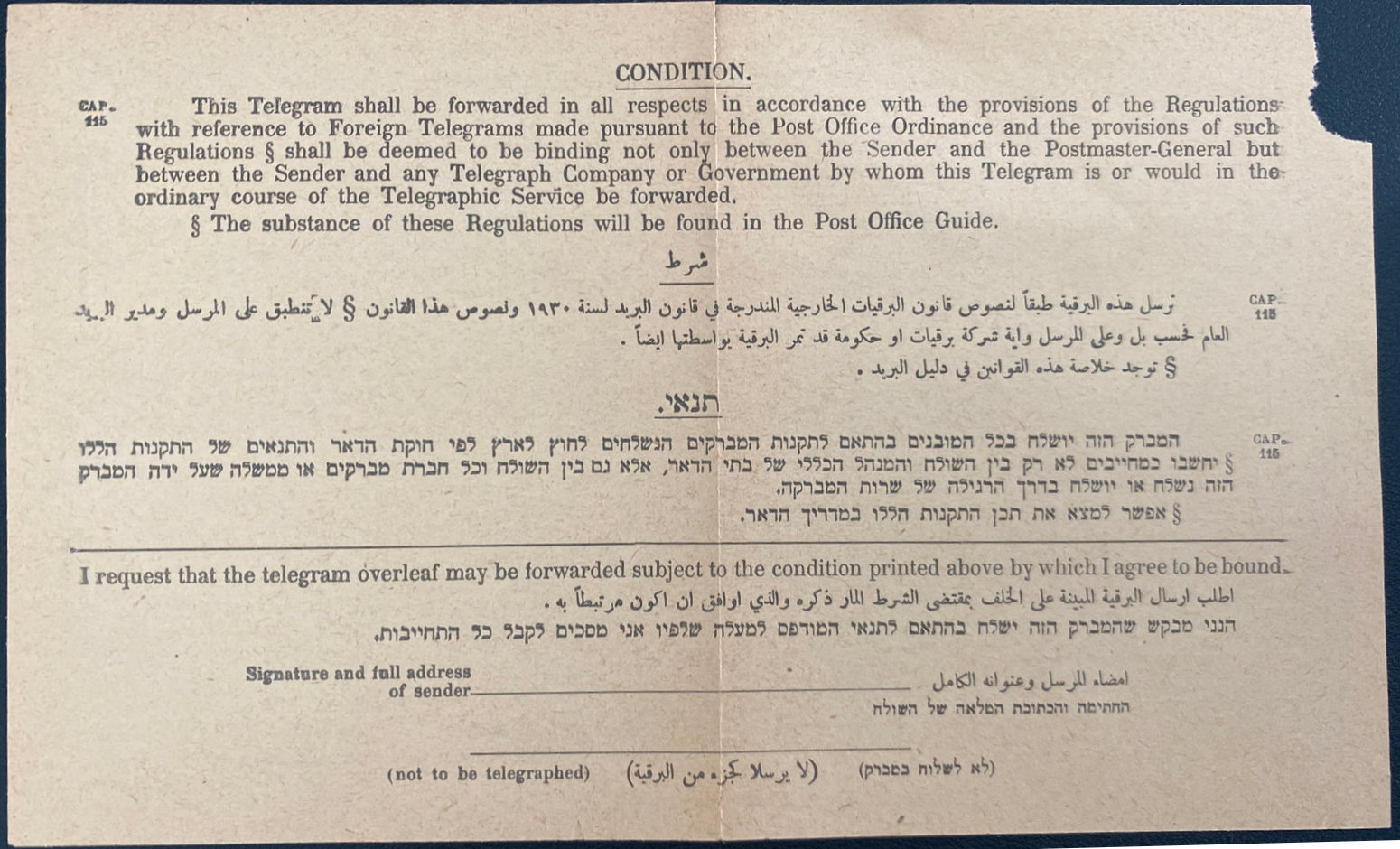
The back has the conditions of service. Photos courtesy of Aztec Collectables, click on one for the listing.
Poland

TELEGRAF used at Łuków.
Image courtesy of Les Bottomley.
Telegram Seals.
A range of seals are known and shown in the section on seals.
That section shows many of the telegrams that they were used on.
To avoid duplication, if you are interested in Polish Telegrams, see there for them.
Syria
Bilingual unused Posts, Telegraph, Telephone & Radio Form of some kind.
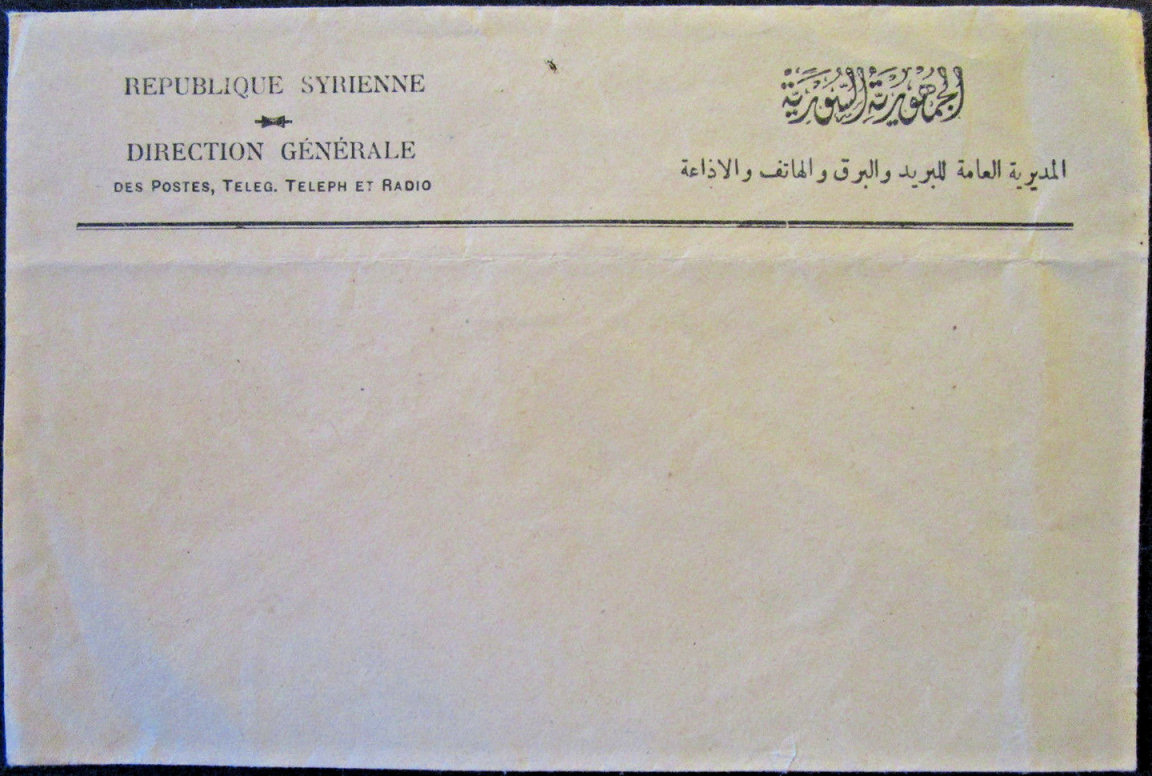
Turkey / Ottoman
Like many countries normal postage stamps were often used to pay for telegraphic services. The only way to recognise them is by the cancel.
![]()
These are the Arabic numerals, 0 to 9 reading left to right.
Arabic dates.
When using cancels on telegrams or stamps to get the dates, there are some complications.
From 1840 to 1926 the Ottoman Empire used the Rumi calendar.
After converting the date from Arabic, add 584 years to get the Gregorian (Western) date.
After 1926, Gregorian dates were used, though sometimes dropping the first '1'.
Similarly to Persia, Money was raised to fund infrastructure by taxation on postal and telegraphic services.
This was done by using Charity stamps that were mandatory on certain days.
This requires some background since it contradicts information in both the Michel and the Scott catalogues (at least), which also contradict each other.
This was originally brought to my attention by Rodney Cork, a member of ONEPS, by showing me the "TELEFON" example. From there I looked at the Scott comments
for the "Postal Tax Stamps" and the "Postal Tax Air Post Stamps" which indicated that both were obligatory on certain days for certain things,
and stipulated 3k was required for telegrams sent by the latter. Strangely though, there was no 3k value of the Air Post type.
I mentioned this to John Barefoot who pointed out that it was very similar to what the Michel catalogue says, except that said 5k for telegrams.
This prompted John to look at his Turl Pullari Katalogue 1973 (in Turkish), that quoted the laws that instigated these taxes.
It turns out that it was the 2½k for telegrams, to be used on 20 days each year from 1926 (29 June) until 1934.
For the Air Post stamps, there was only a single issue of the 2½k stamps, the one shown, but for the non-air post types, there were a number of issues,
but they could also be used for parcels etc.
Having said that, Michel #17, issued in 1932 was for 2½k. From 1936 to 1938, Michel numbers 37 to 42 were various overprints on Michel #17. Michel #17 was a "Kinderhilfe" (Child aid) issue.
In 1928 there was a "Roter Halbmond"(Red crescent) issue of 2½k, Michel #10. There were further 2½k Red Crescent issues in 1935(#29A), 1938/43(#45I, #45III) with a single overprinting, #24.
To me that says that the Red Crescent 2½k stamps were not affected by the Tax, but the Child Aid 2½k stamps were primarily used for the Tax.
Time - Line :
According to Pulham, 1973,
Days requiring compulsory Tax from 29 June 1926 :
A Telegram in Arabic and French. Though having a pre-filled year of 188_, this has ١٨٩٤ written on it suggesting use in 1894.
The French-style perforated flap is rather slanted and there is no sign of it, or anything being used as a seal.
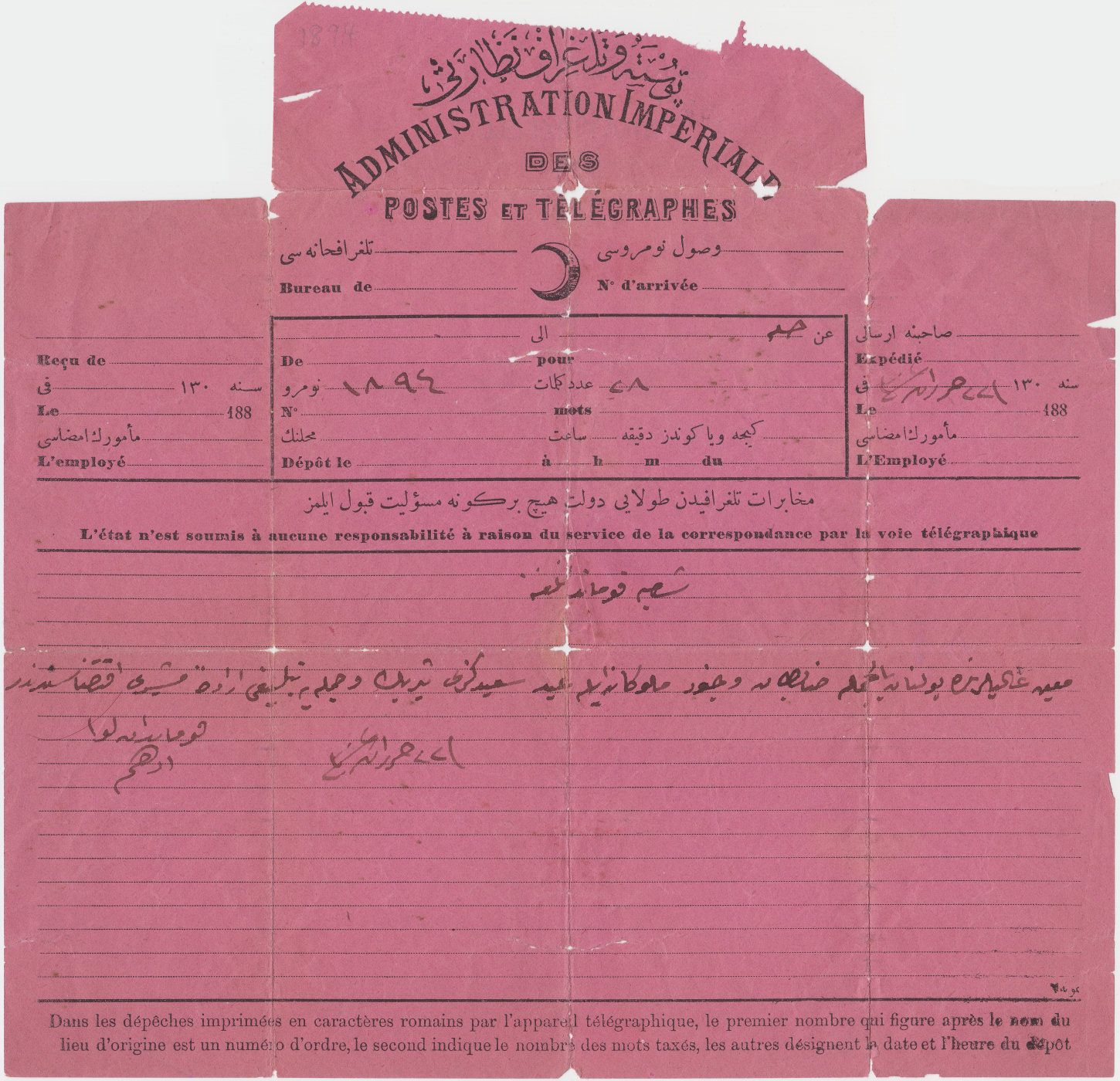
The only thing printed on the back is on the flap.
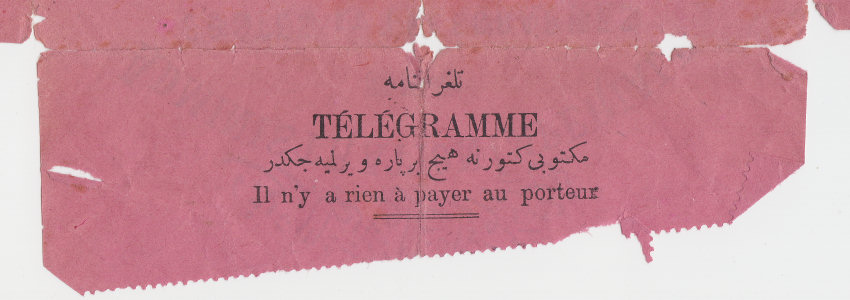
Don't pay for delivery.
A French-style Telegram with pre-filled date of 190_ printed in Arabic and French, inside and outside. Again slanted perforations.
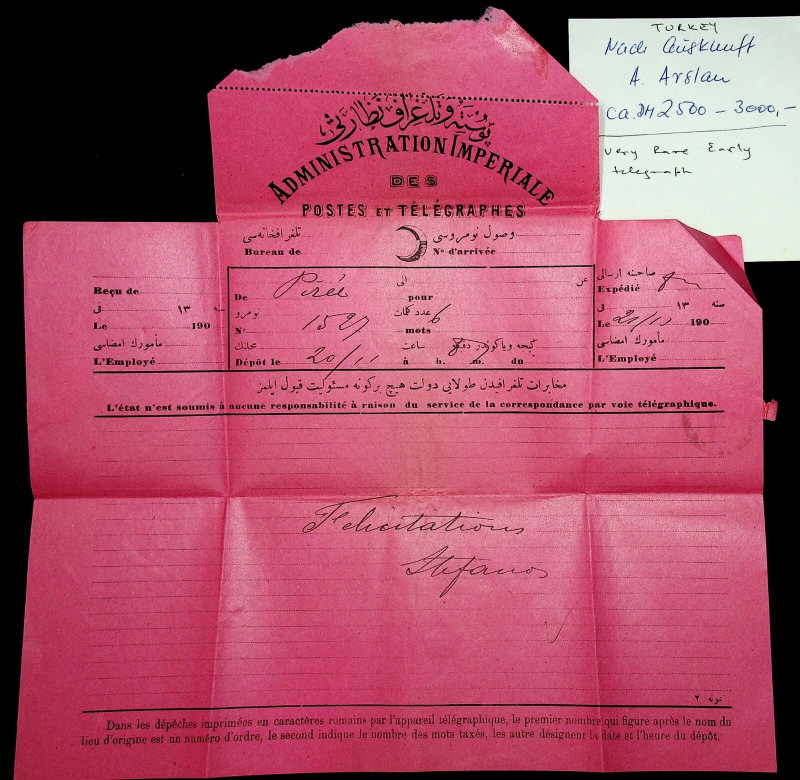
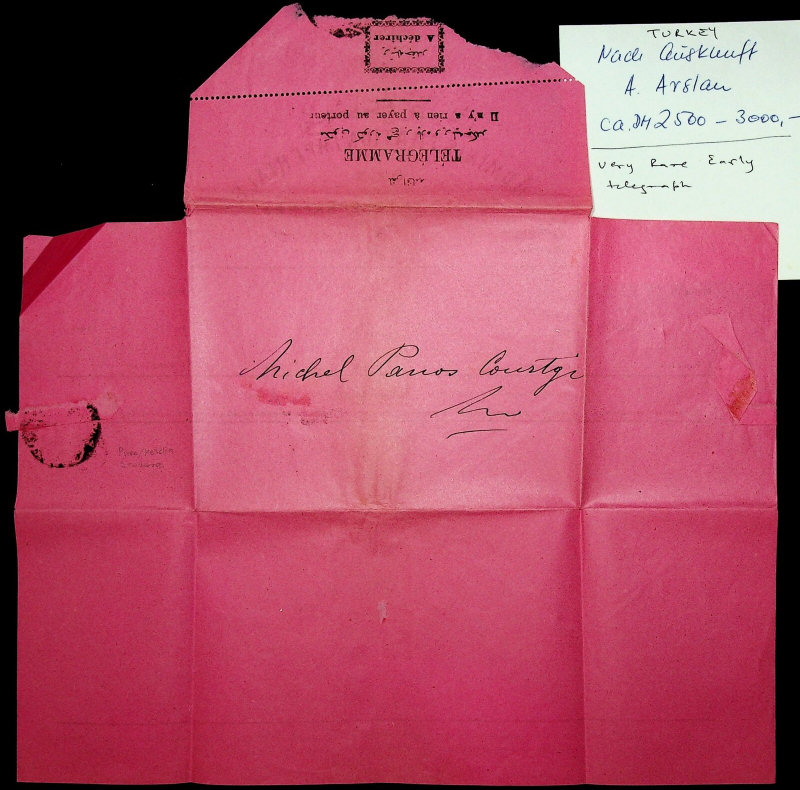
The pre-printed year is "190", but as usual has not been completed. Images courtesy of AsianStamp - (click one for listing).
A more modern version used in Ankara on 27 May 1933. It has a form number of 285 added at bottom-right.
The "Telsiz" in red means "Wireless"

A Telegram with pre-filled date of 190_, printed in Arabic and French.
It has two sheets pasted togethe, making it quite long. Because of that I am displaying it half size.
For full size, copy it or open in a new tab and use <control>+ to magnify.

there are a three Ottoman negative seals stamped on this.
A Telegram of January 1910 (date in pencil at top-right), in Arabic and French.
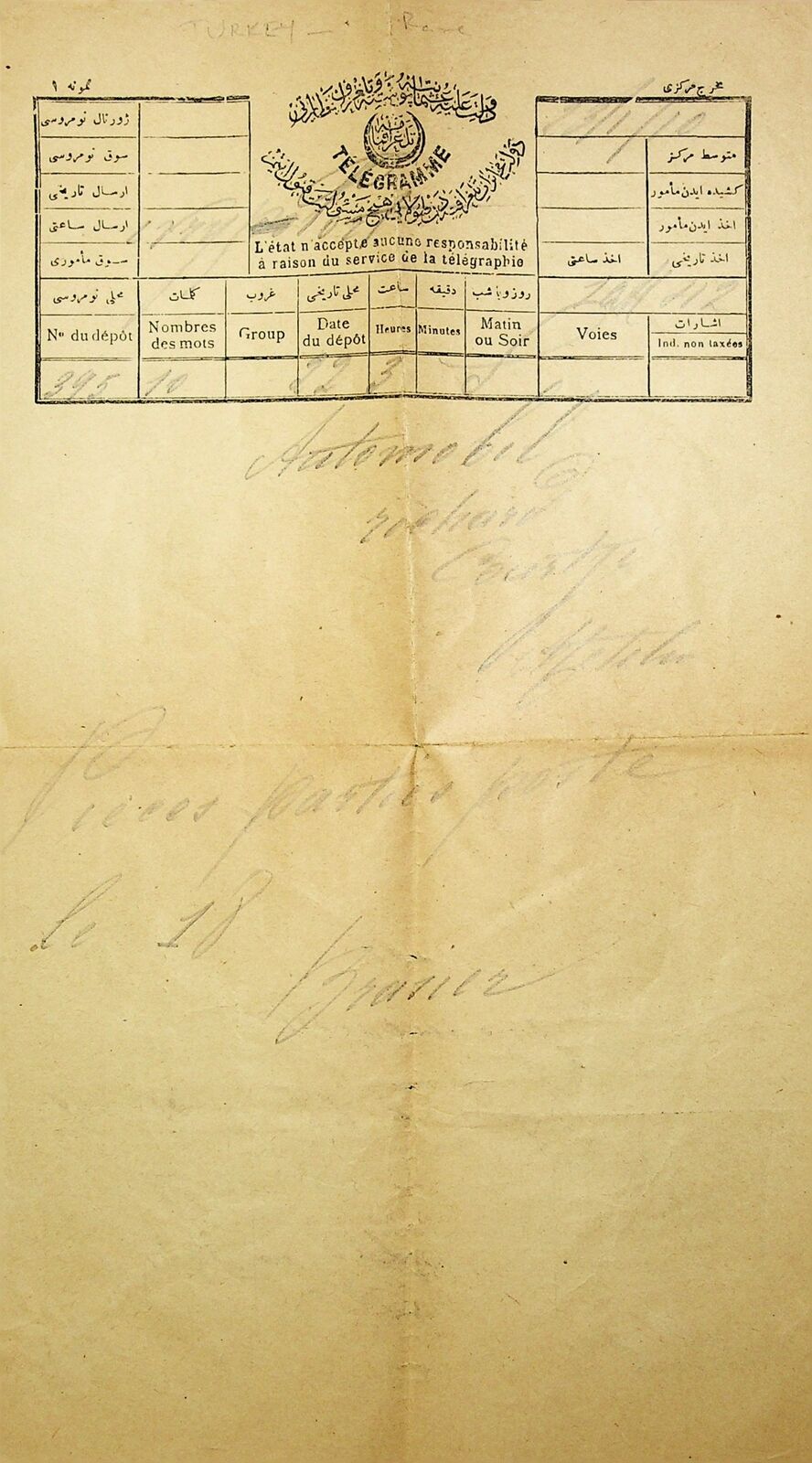
Still very long. Image courtesy of AsianStamp - (click for listing).
Here is an example of a Telegram from Sofia to Pera (a europeanized area of Constantinople/Istanbul). Said to be 27 January 1917.
Printed in just Arabic and using strips, it was sent in anglicized Bulgarian
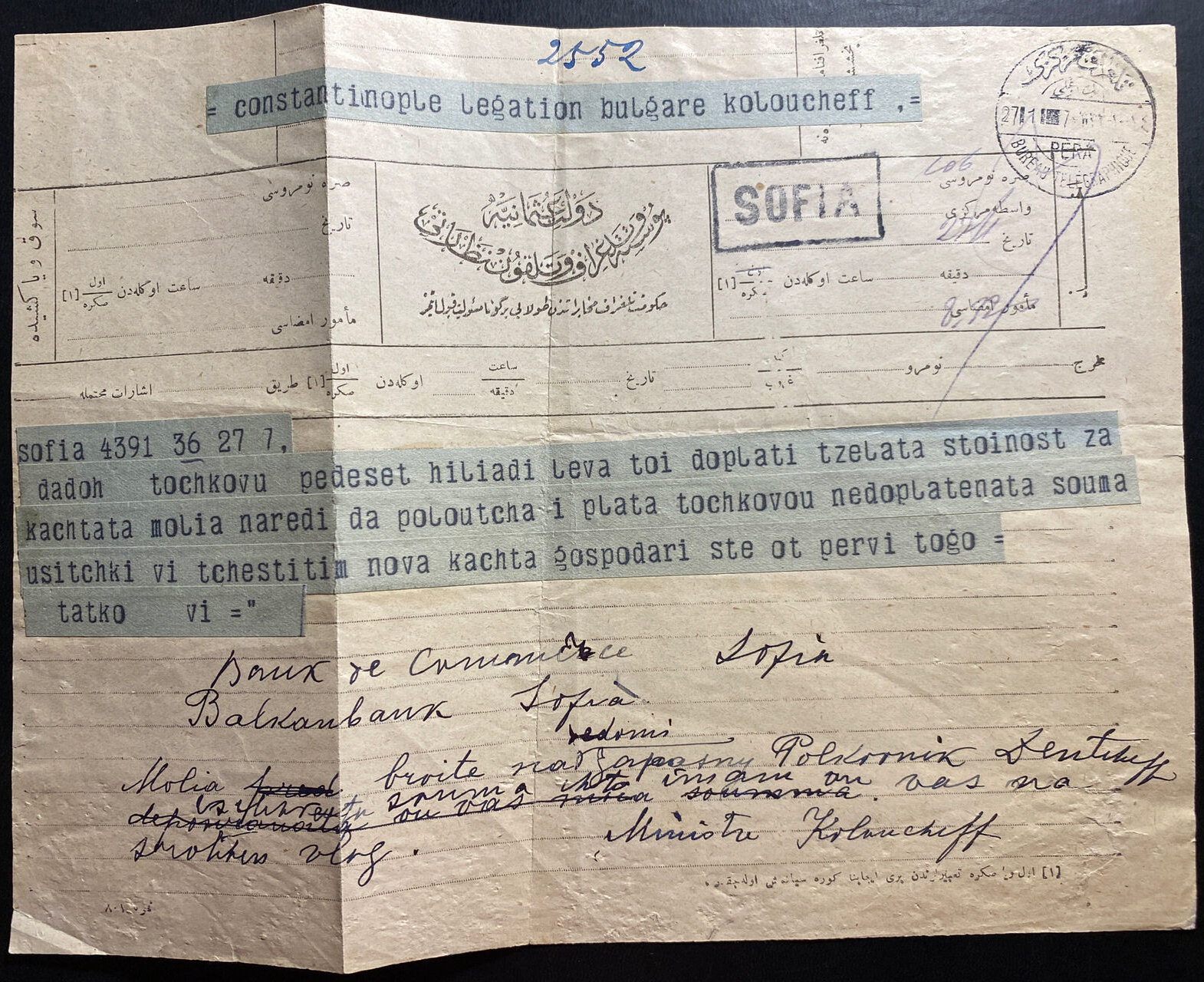
Now much shorter. Note the imprints at bottom right and left. Photo courtesy of Aztec Collectables, click on it for the listing.
A Telegram of 1 December 1925 printed just in Arabic and using strips. Note the top-central large Arabic "Logo".
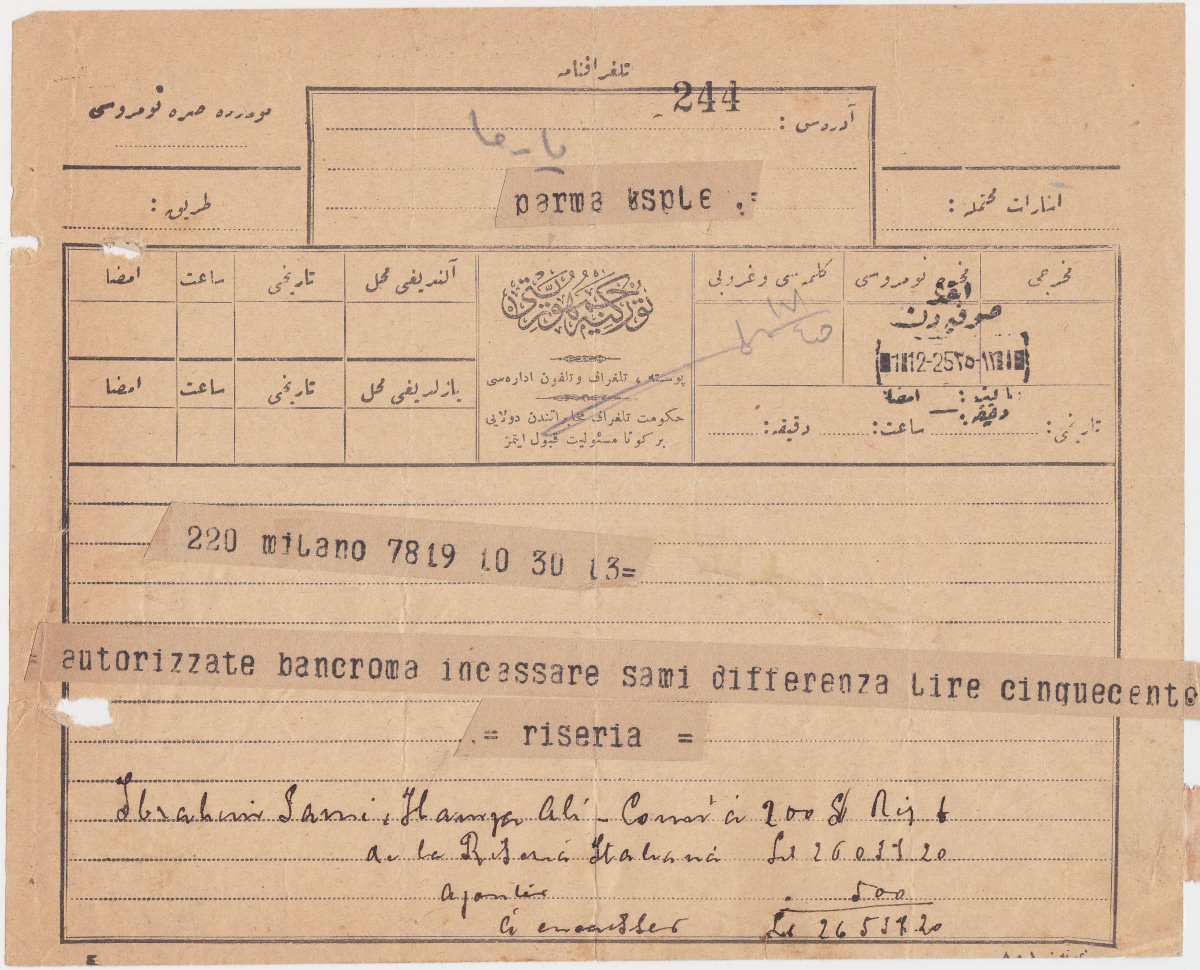
Note the different imprints at bottom right and left.
A Telegram of 1925 printed just in Arabic and using strips. Note the top-central large Arabic "Logo".
The date-stamp is unclear, but does appear to be 1925 and this does appear to be transitional between the last and the next.
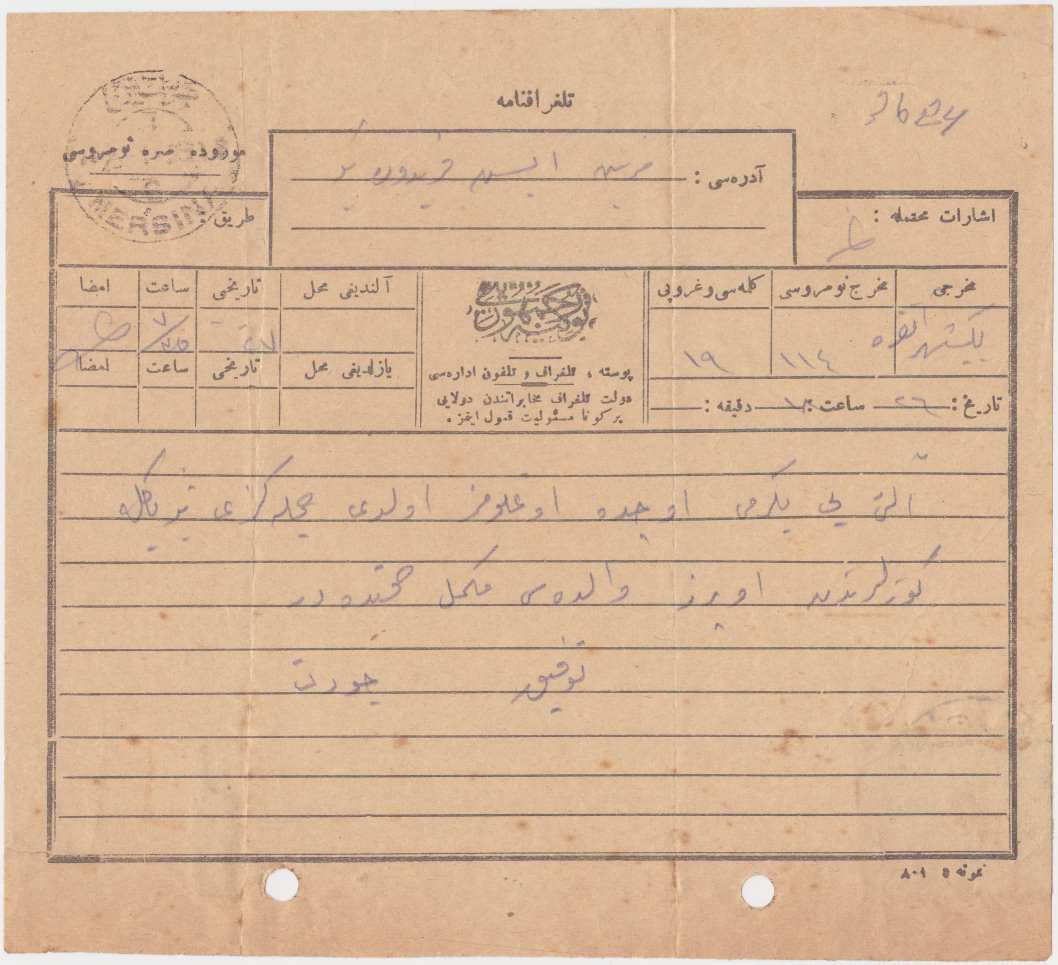
Changed imprints at the bottom.
A very similar Telegram of 21 October 1926, just in Arabic, but with a different top-central large Arabic "Logo".
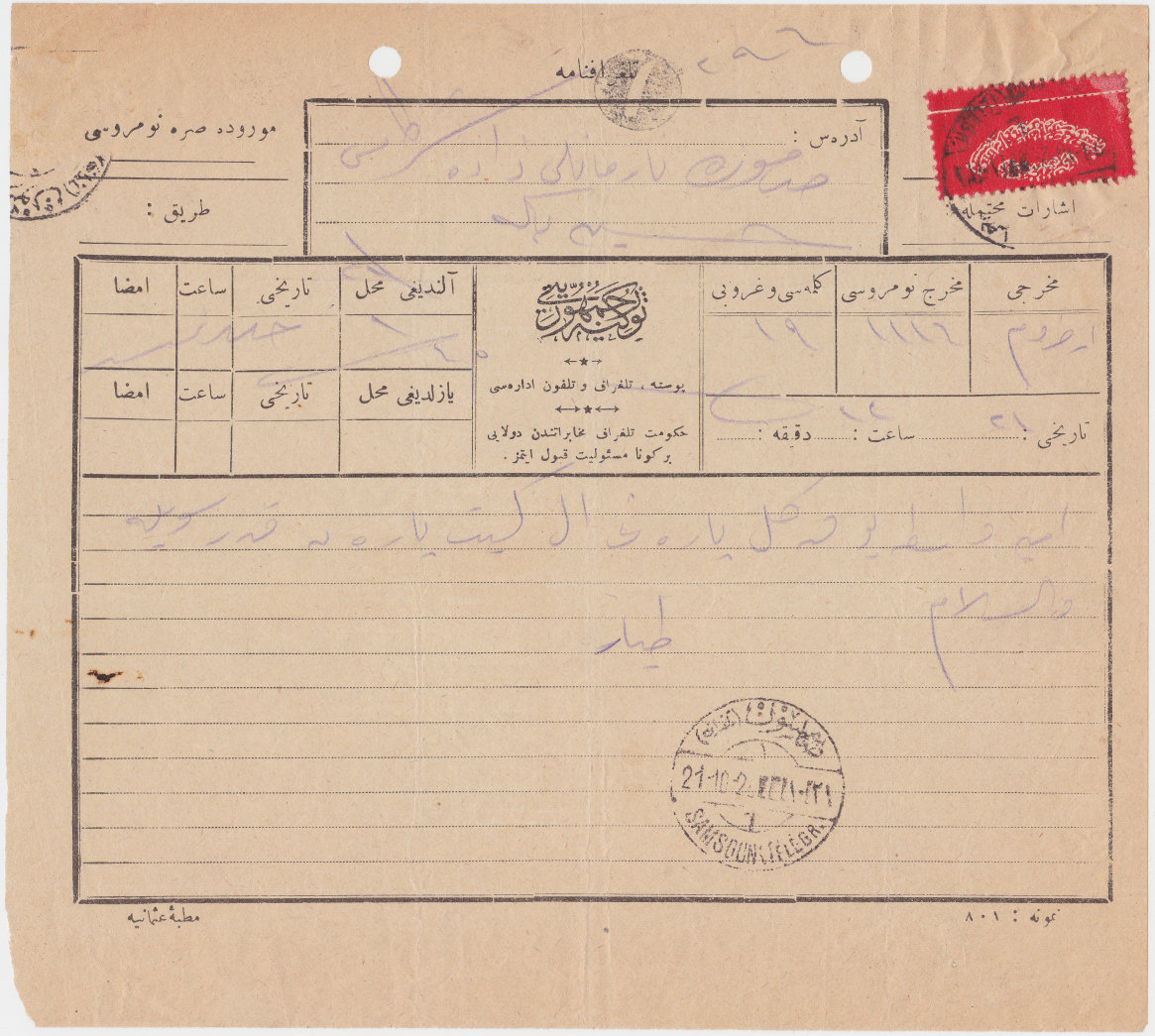
Different imprints at bottom left at least.
A very similar Telegram of 29 November 1927, just in Arabic, but with a different top-central large Arabic "Logo". Used in Smyrna (now called Izmir).

Imprints cut off. Image courtesy of Gabriel Coutinho.
The last four have similarities and differences. The main difference is what I have been callong the "Logo" because I do not know its significance.
I thought at first they said "Telegram", but they do not seem to match the Arabic for that. Then I thought they might be the name of the Telegraph Office, but they look like they all say the same thing.
Perhaps someone will enlighten me. Meanwhile I will compare them. Listing by date:
A very different Telegram of unknown date, just in Anglicised Turkish. I put it here since it looks like a forerunner of the following ones.
At the top-left is "DEVLET / Telgraf muhaberatindan / dolayi mes'uliyet kabul etmez." - a Government disclaimer ; Top-centre is "T.C. P.T.T. TELGRAFNAME", and
top-right has "(Nü: 251)" with "Tarik:" and a place for a date-stamp. That is unstamped, possibly because "Tarik" is a bit confusing. Another has been seen stamped Ankara 1934 and using strips.
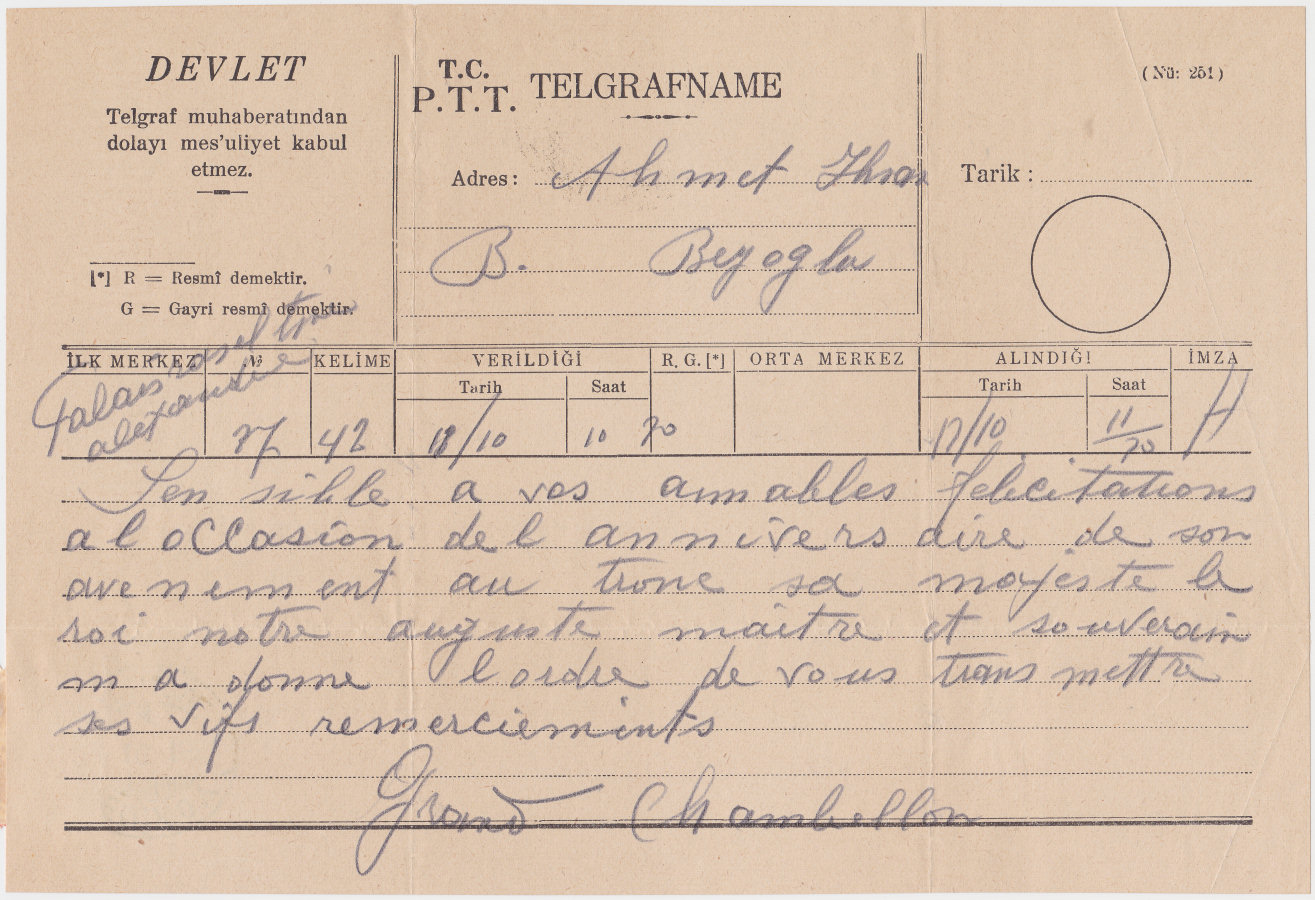
No imprints at bottom.
A Telegram of 8 December 1941, in Anglicised Turkish. This has "T. C. / MÜNAKALÂT VEKÂLETİ / P. T. T. U. M." at the top-left,
with a boxed Government disclaimer underneath. At top-right is "(Őrnek : 251/1)" , the Form number.
"Yol" appears to mean Route.
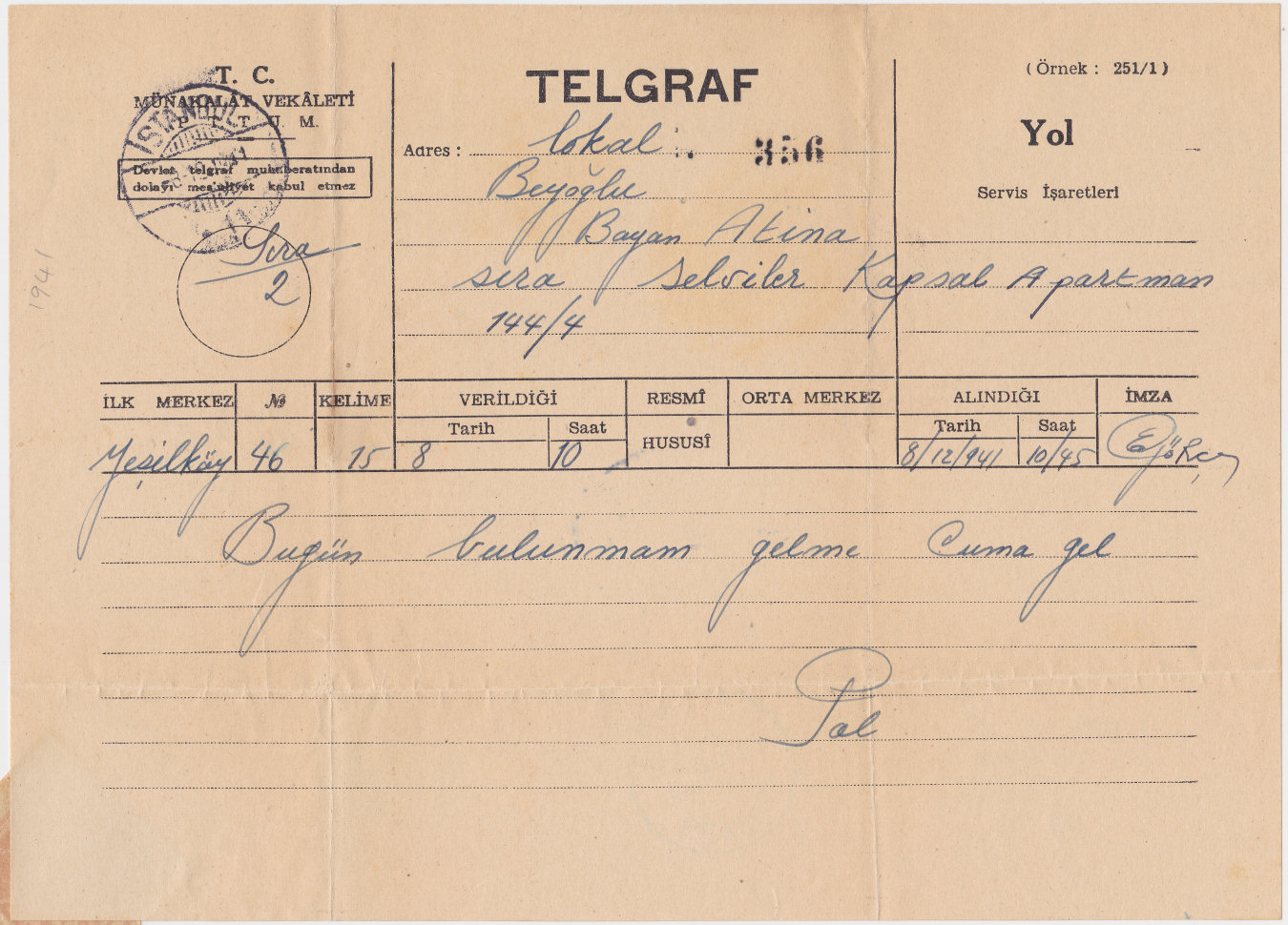
No imprints.
A Telegram of 14 May 1948, quite similar to 1941. This has "T. C. / P. T. T. İ. G. M." at the top-left.
At top-right is now "(Őrnek : B. 1)".
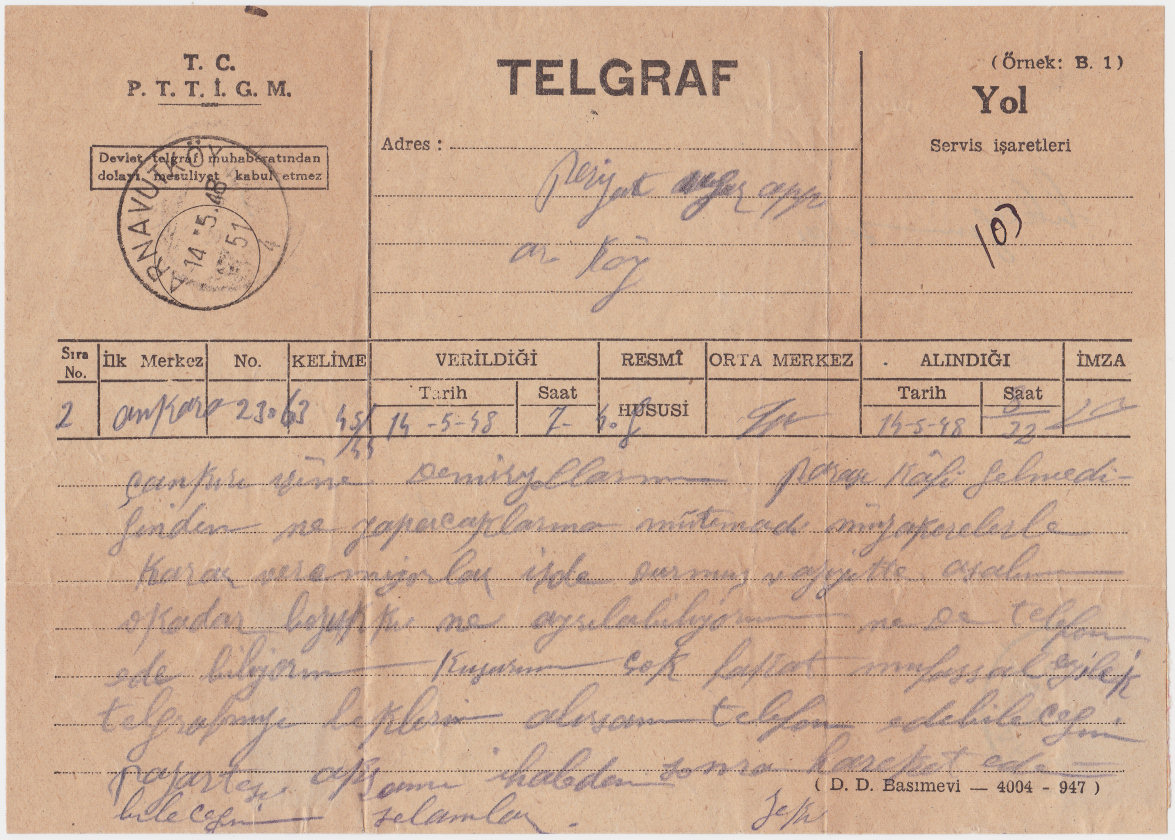
There is an imprint at bottom-right reading "( D. D. Basimevi — 4004 - 947 )" which suggests a printing by "Devlet Basımevi" (State Printing House) in 1947.
A Telegram of 24 December 1954. This is mostly in Arabic, with an imprint at top-left which includes ١٩٥٣ suggesting a printing in 1953.
The "()" at top-right could be the Form number, "(2)"
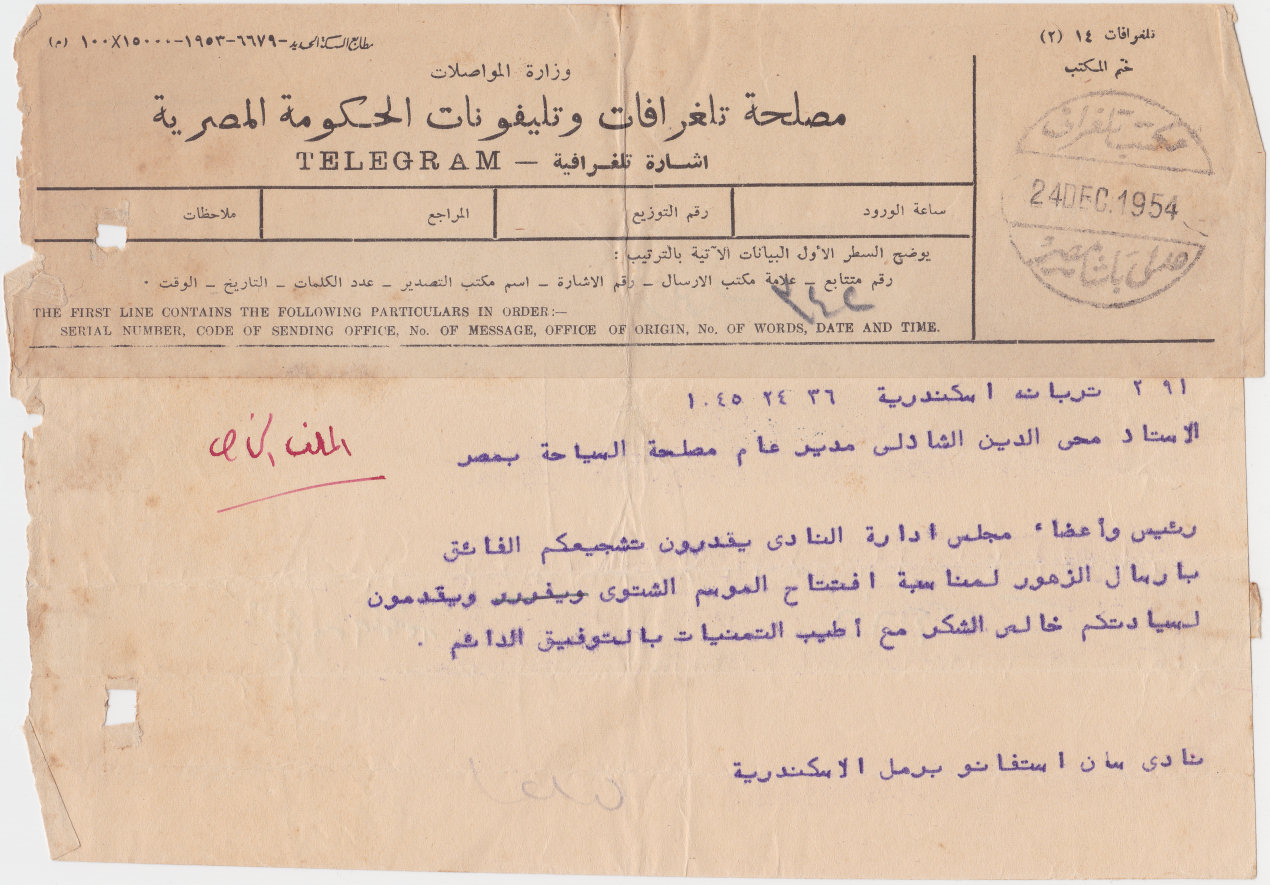
RECEIPTS



Guichet (Ticket Office) cancels for Pera and Galata on 10p fiscal stamps courtesy of Les Bottomley.
This Ottomam Empire receipt was used in Samatia (Samatya) an area in Constantinople (Istanbul) in 1918. It has a 10 Paras impressed fiscal stamp.
The receipt is in French, but completed in Arabic.
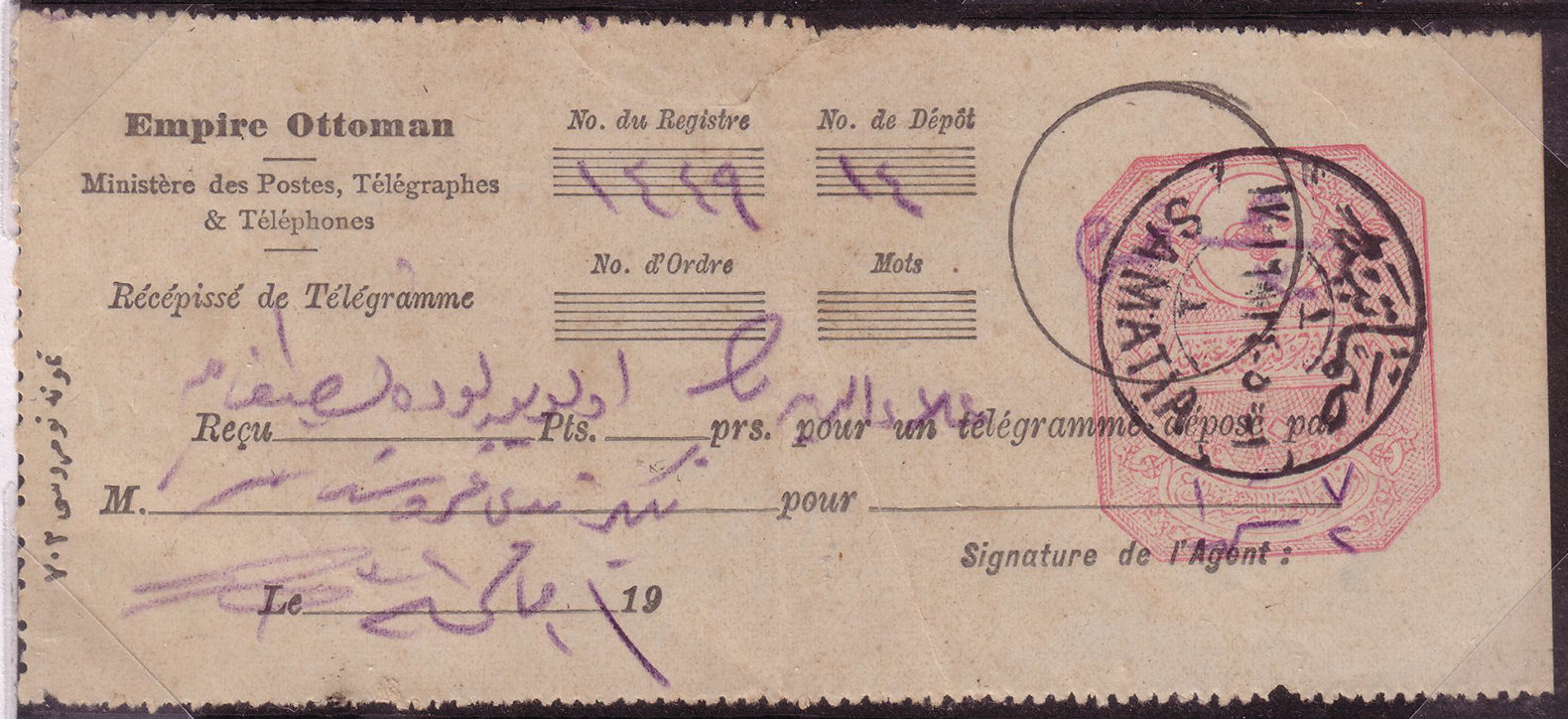
Image courtesy of Rolf Lamprecht.
Another Ottomam Empire receipt, this used in Beyrout, then part of Turkey. It has 2 Piastre in Turkish semi-postal stamps of 1916 (Scott B23).
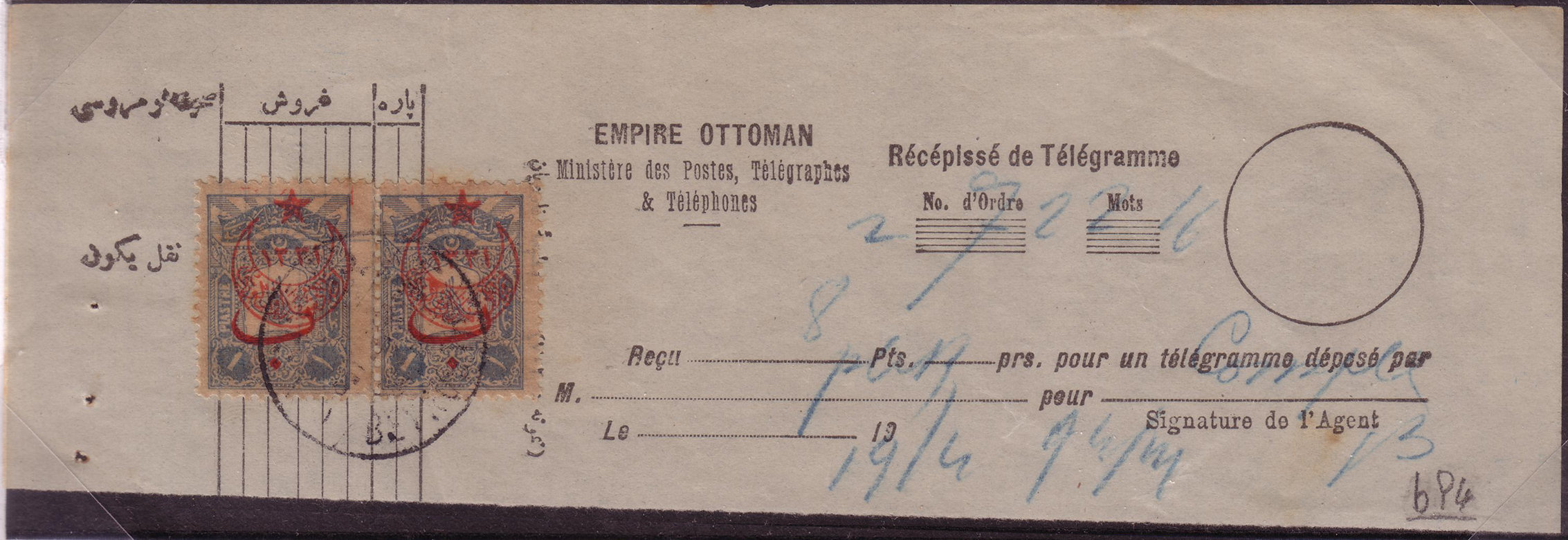
Image courtesy of Rolf Lamprecht.
Telegram Seals.
A range of telegram seals were also used in Turkey, here are some at half scale :
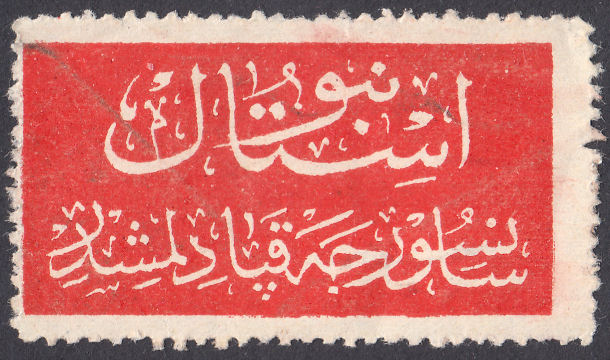

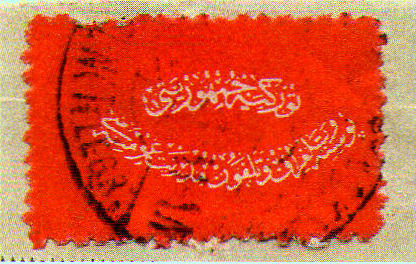
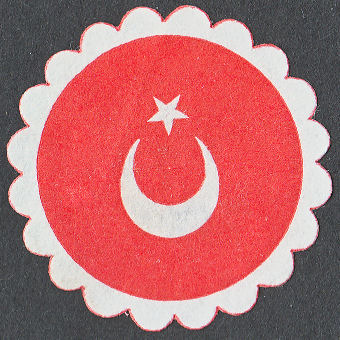
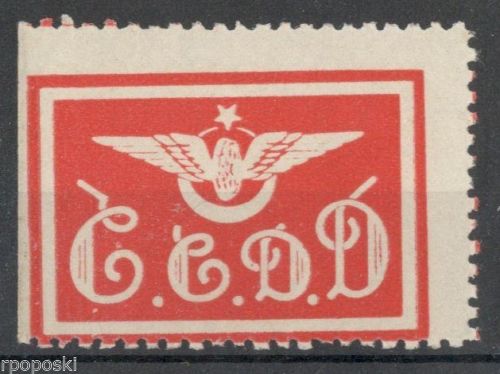
As always, If anyone can provide further information and/or scans to help with this page, I am happy to give appropriate credit.
